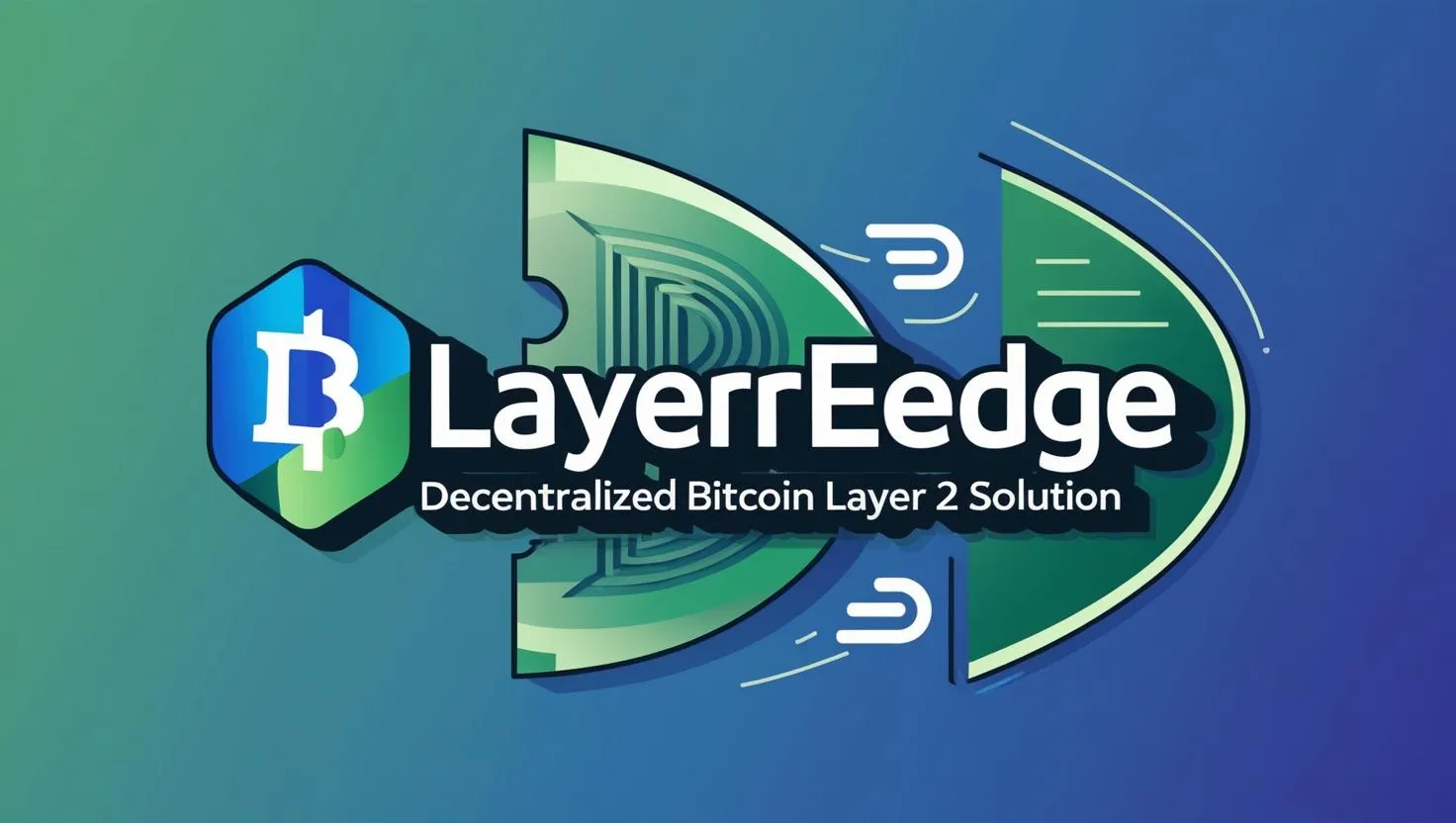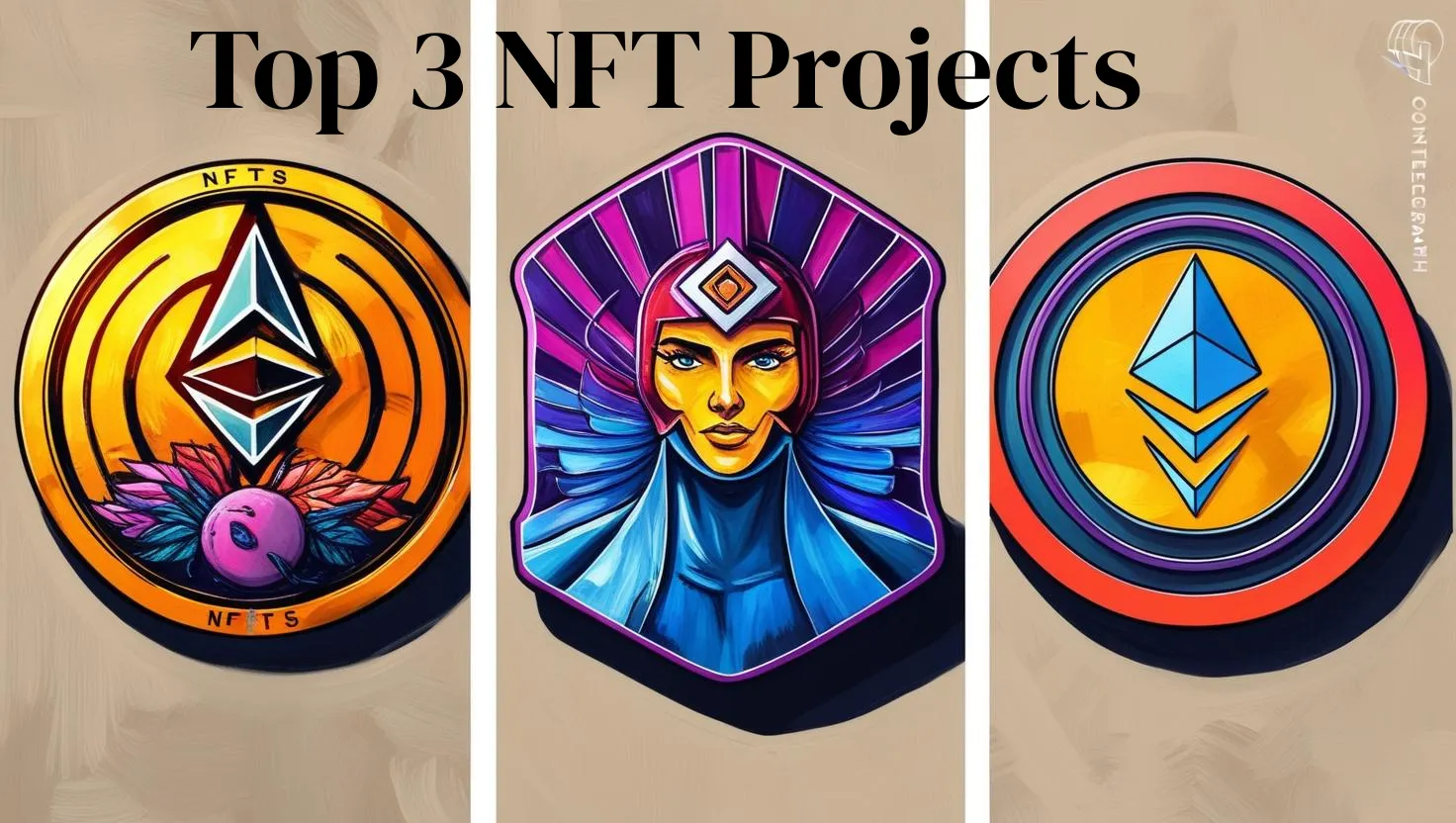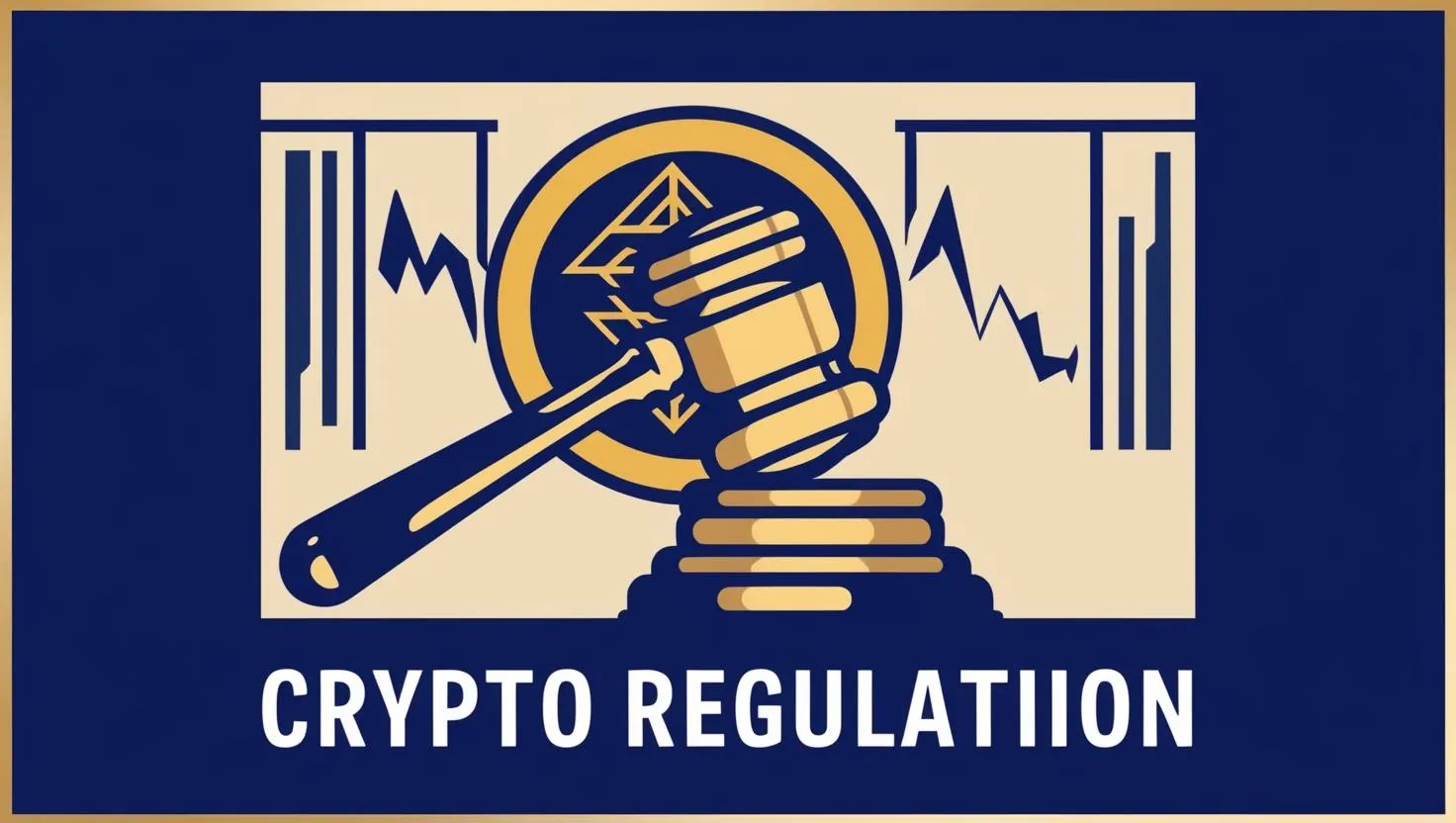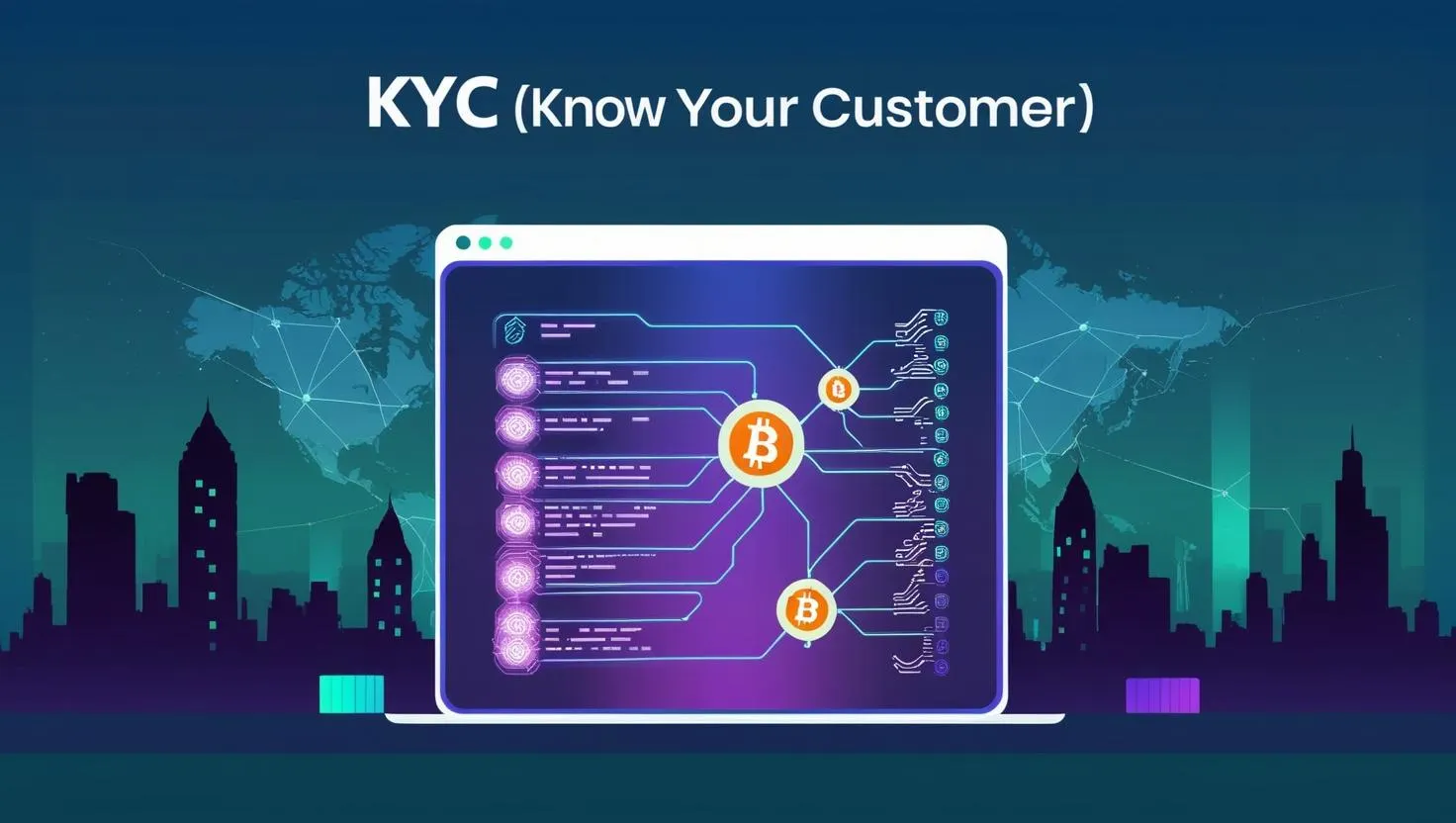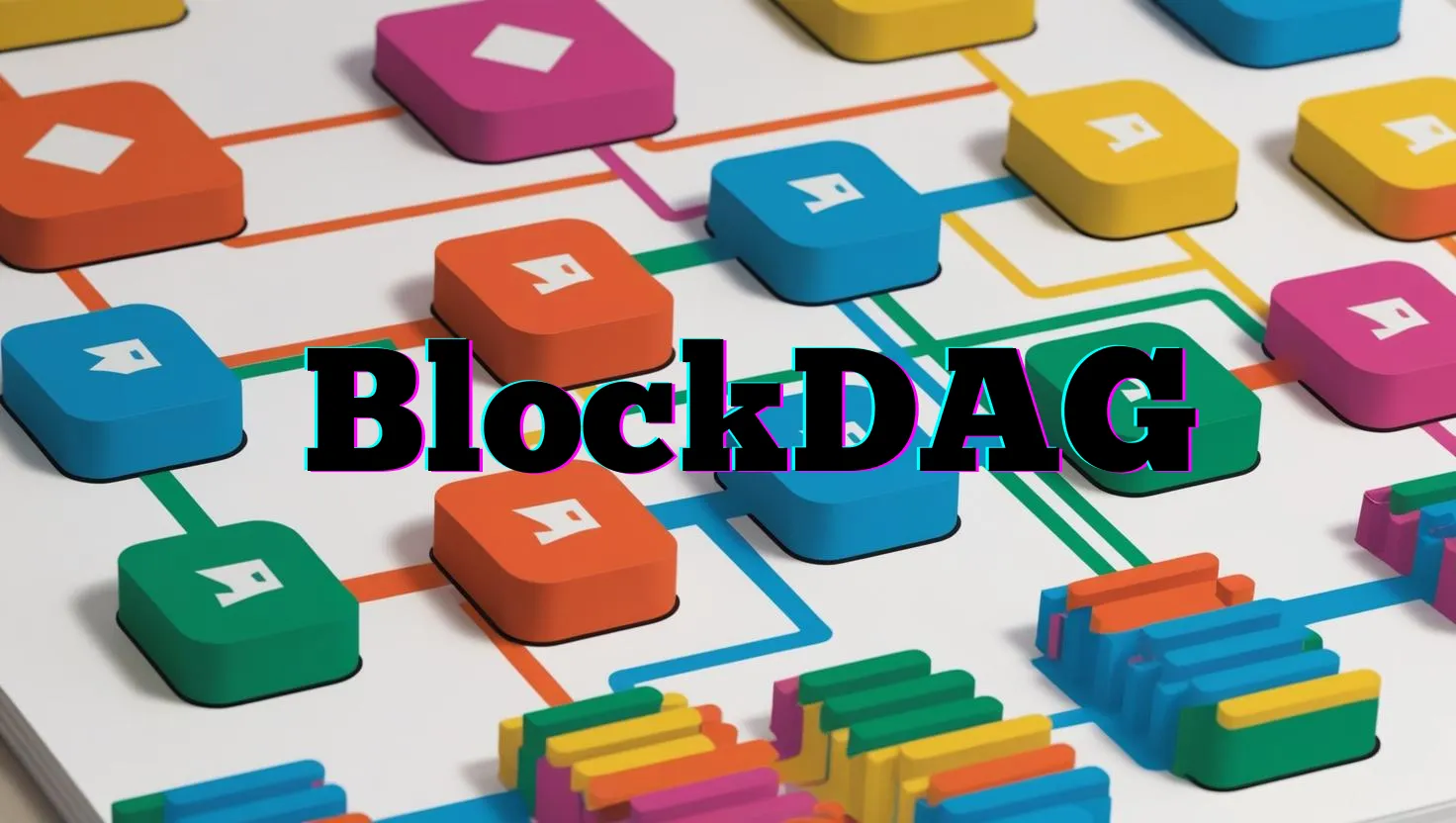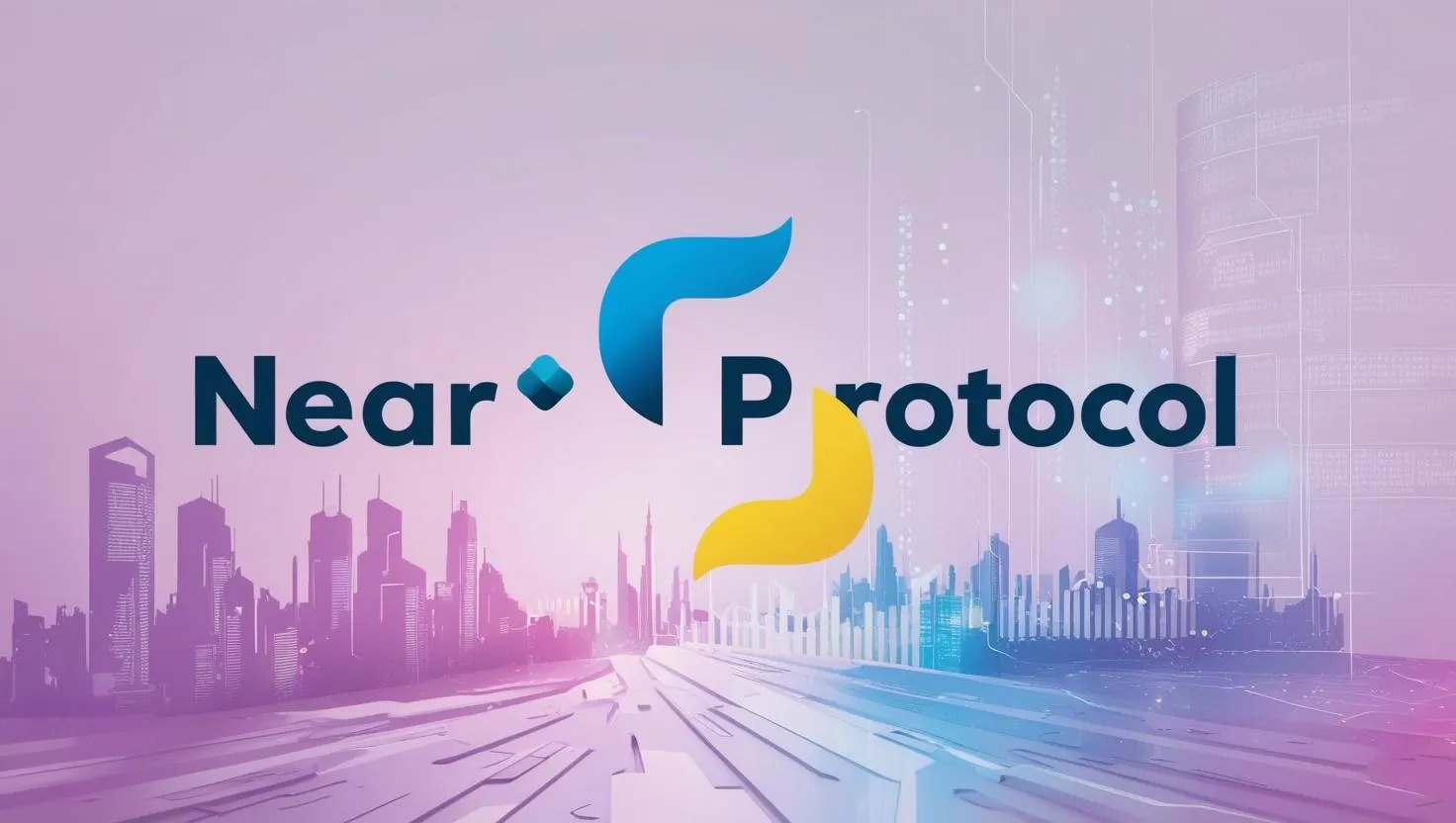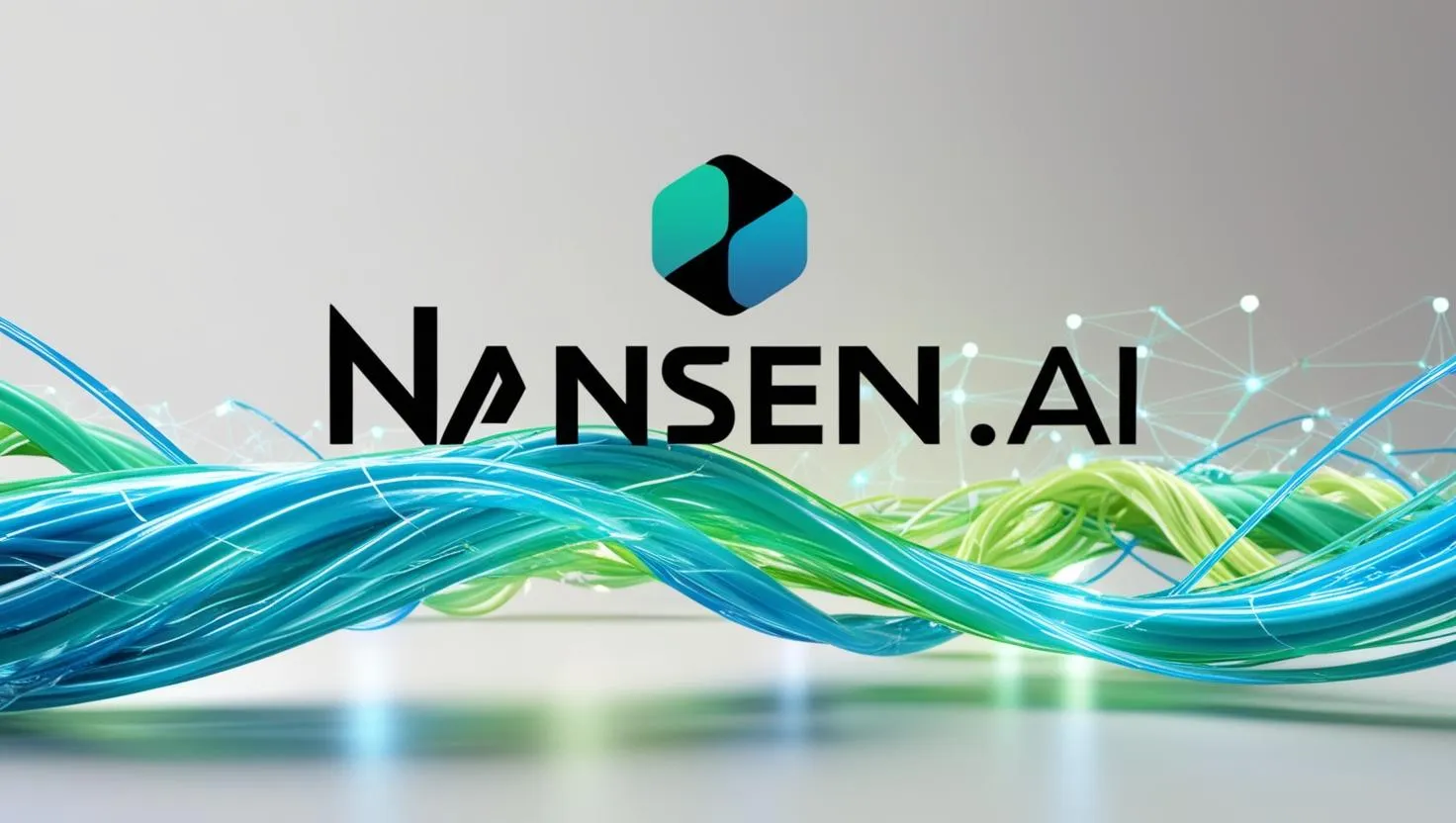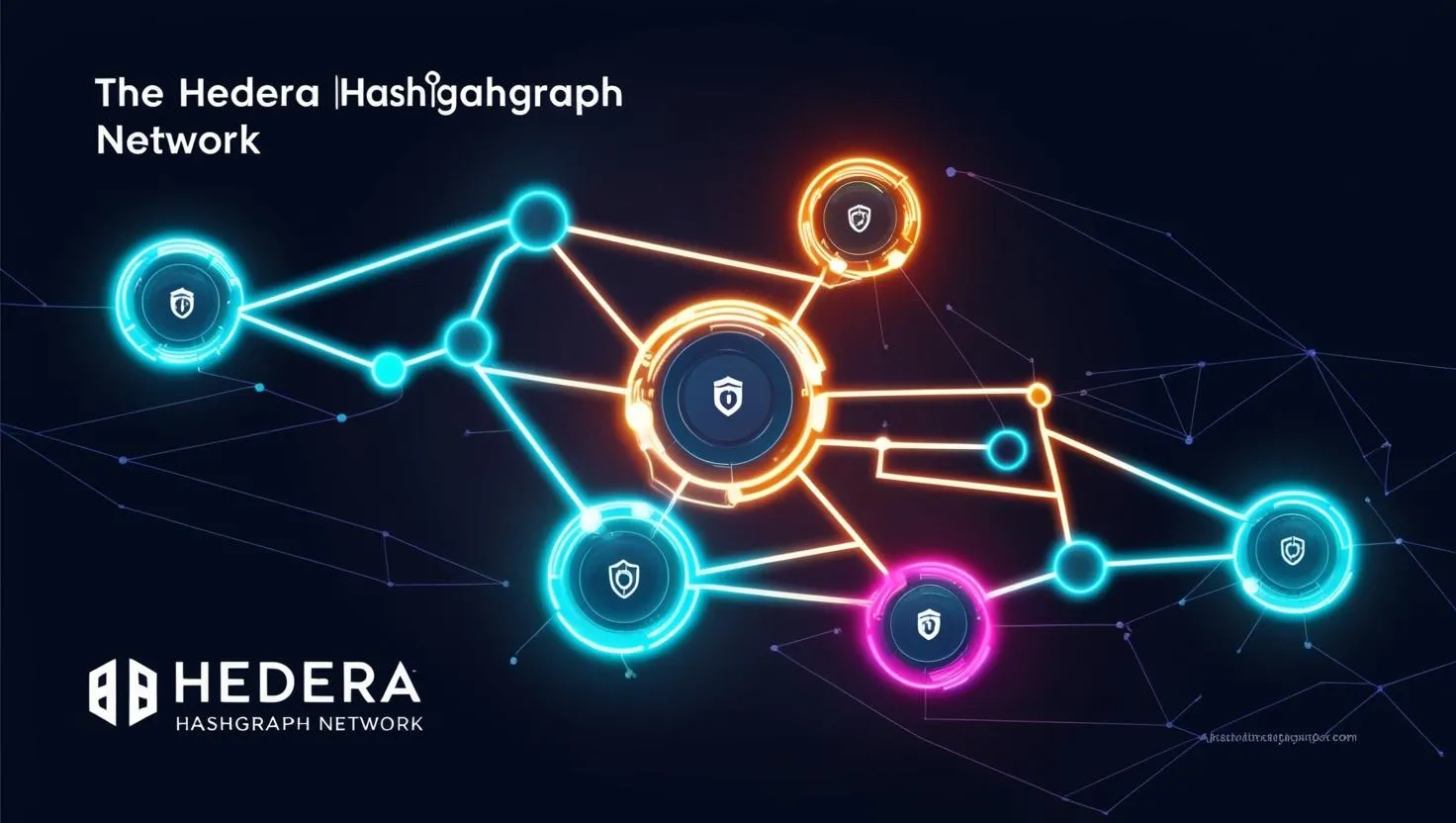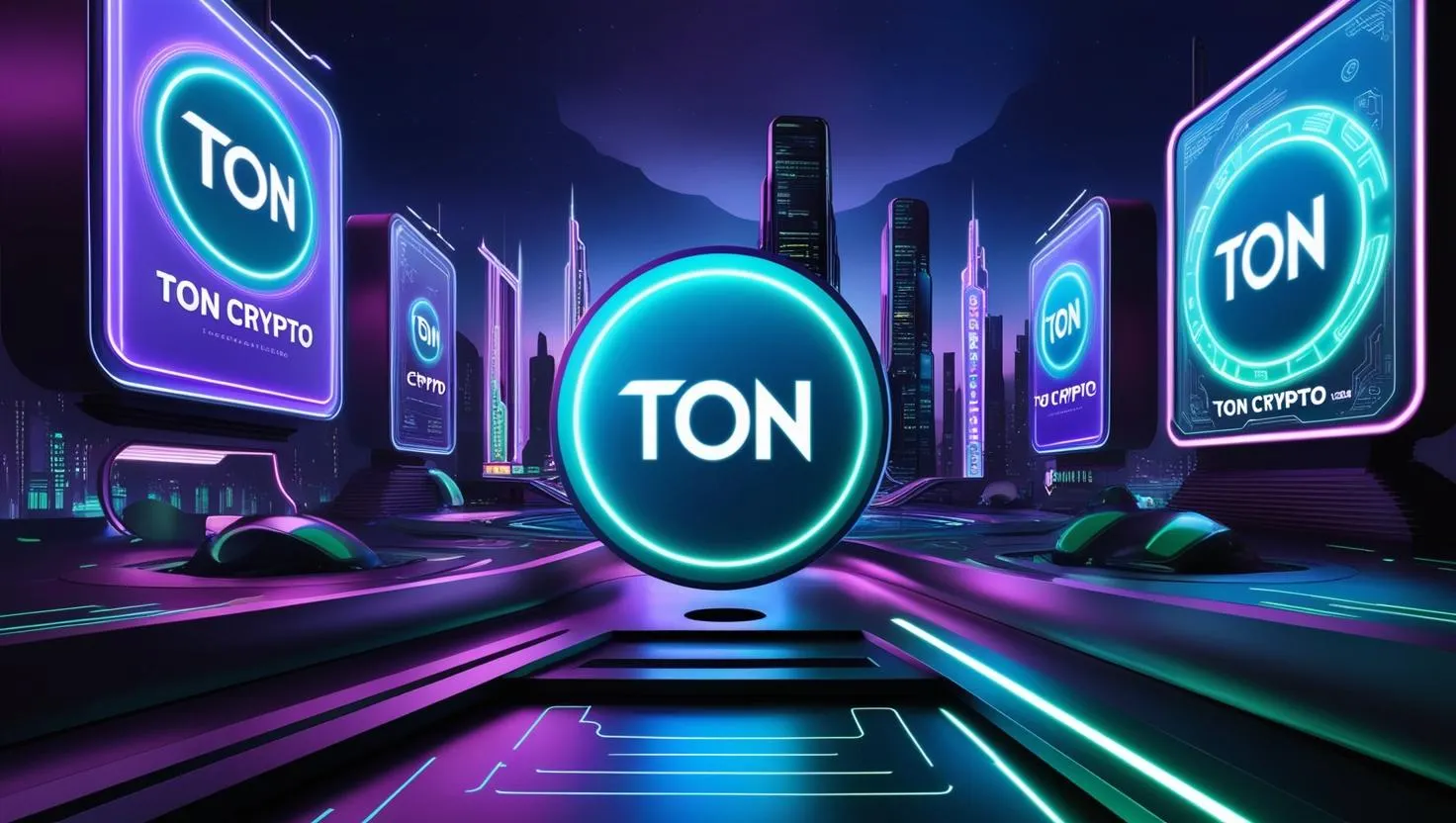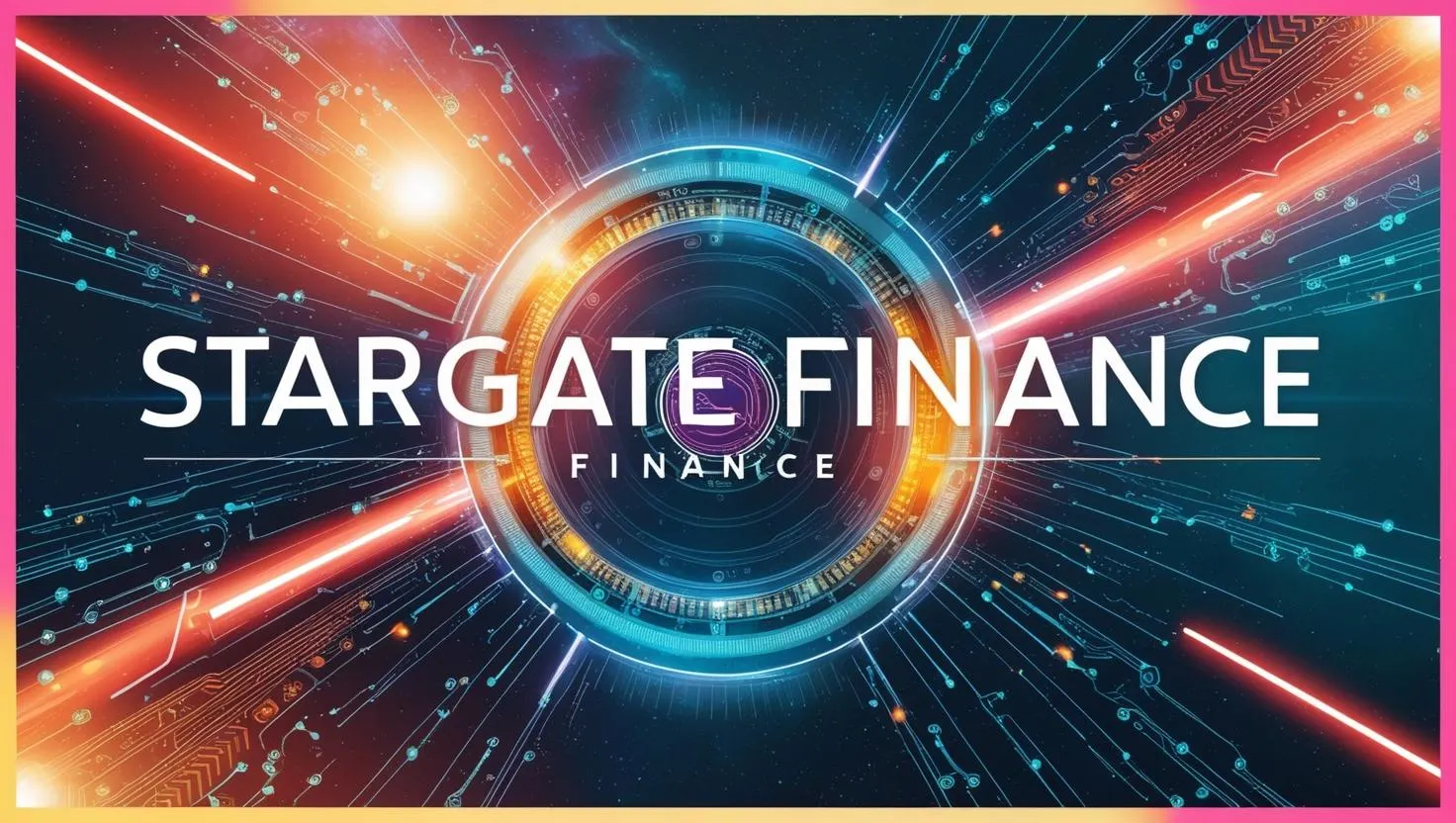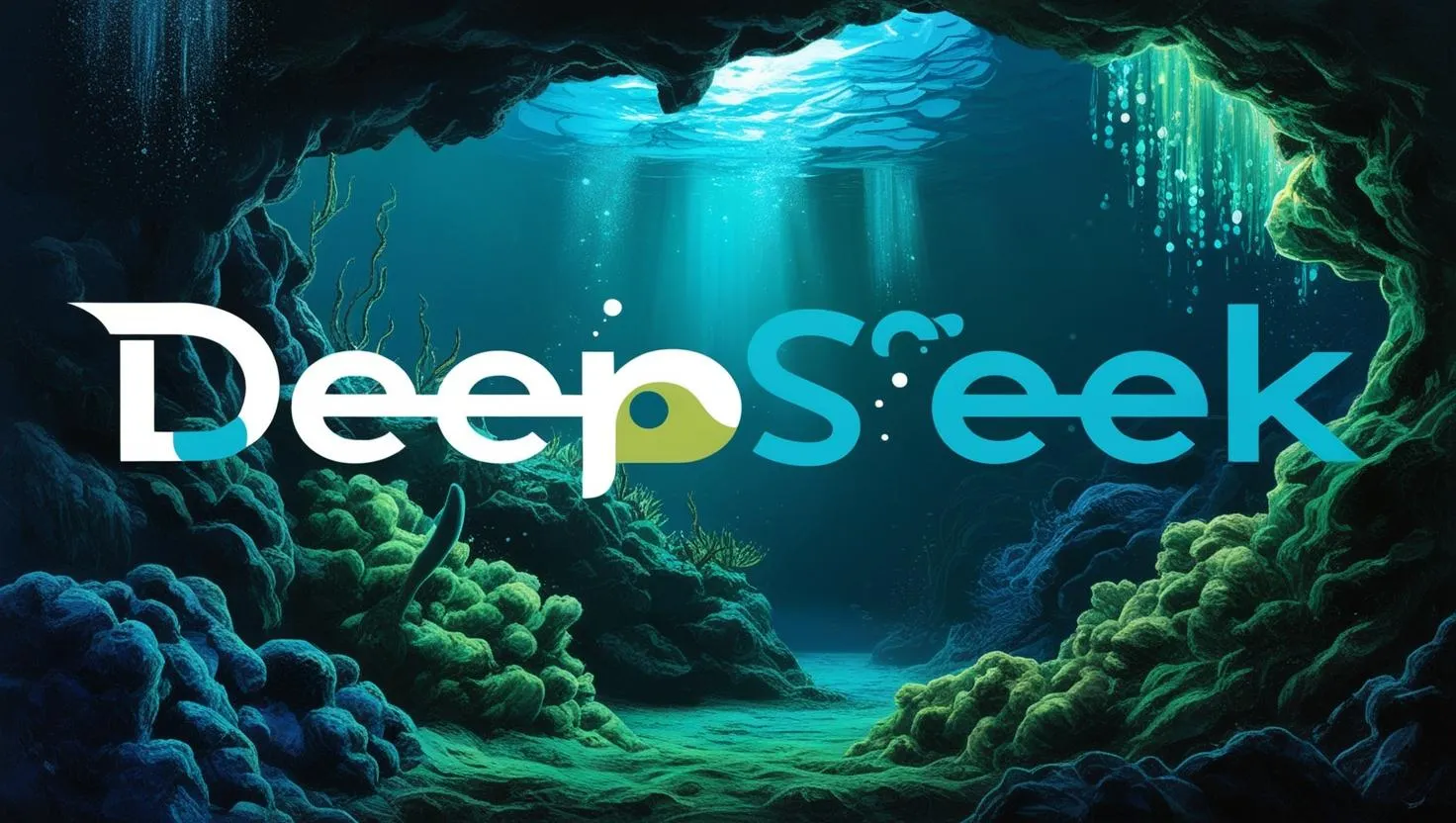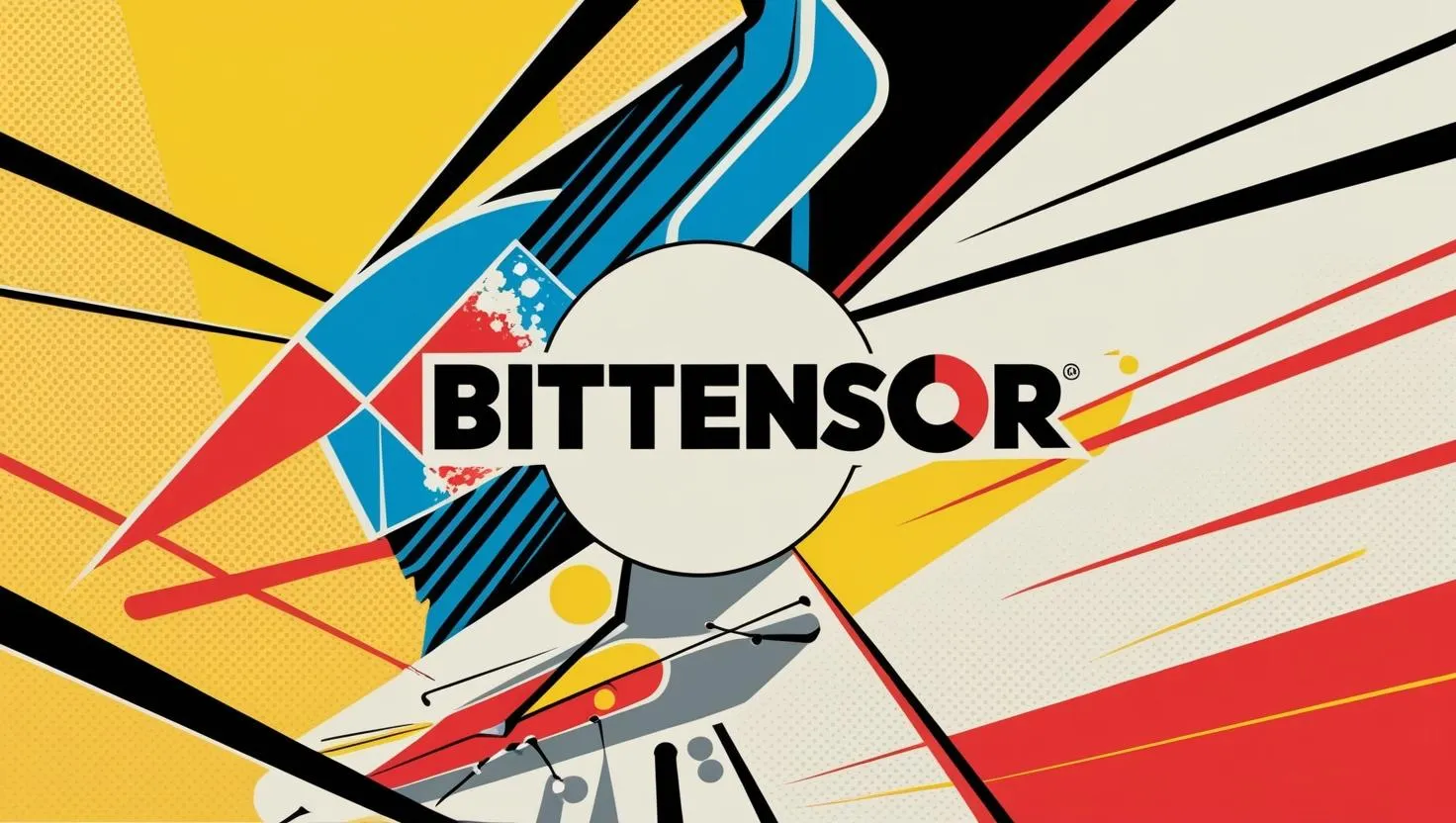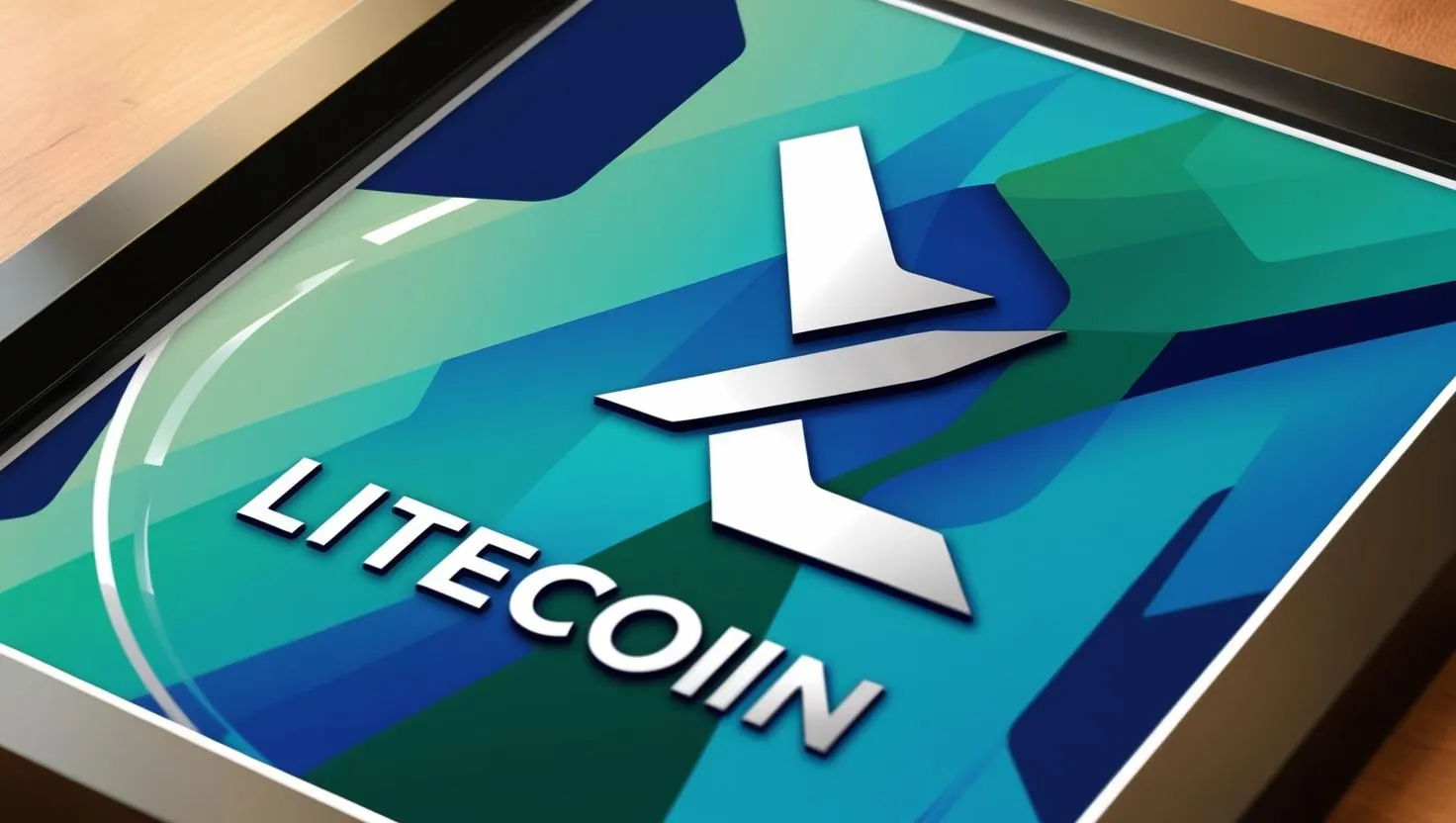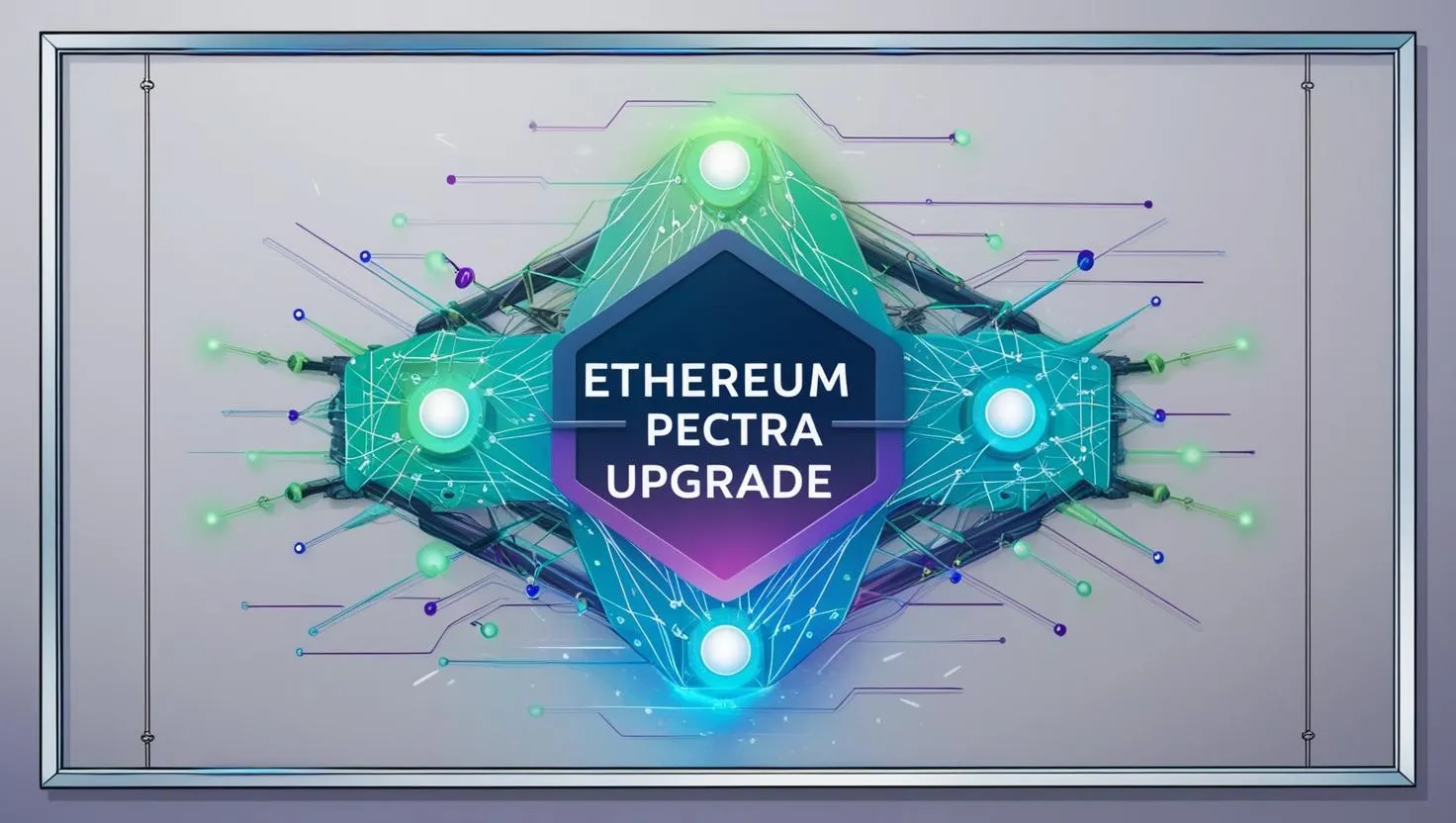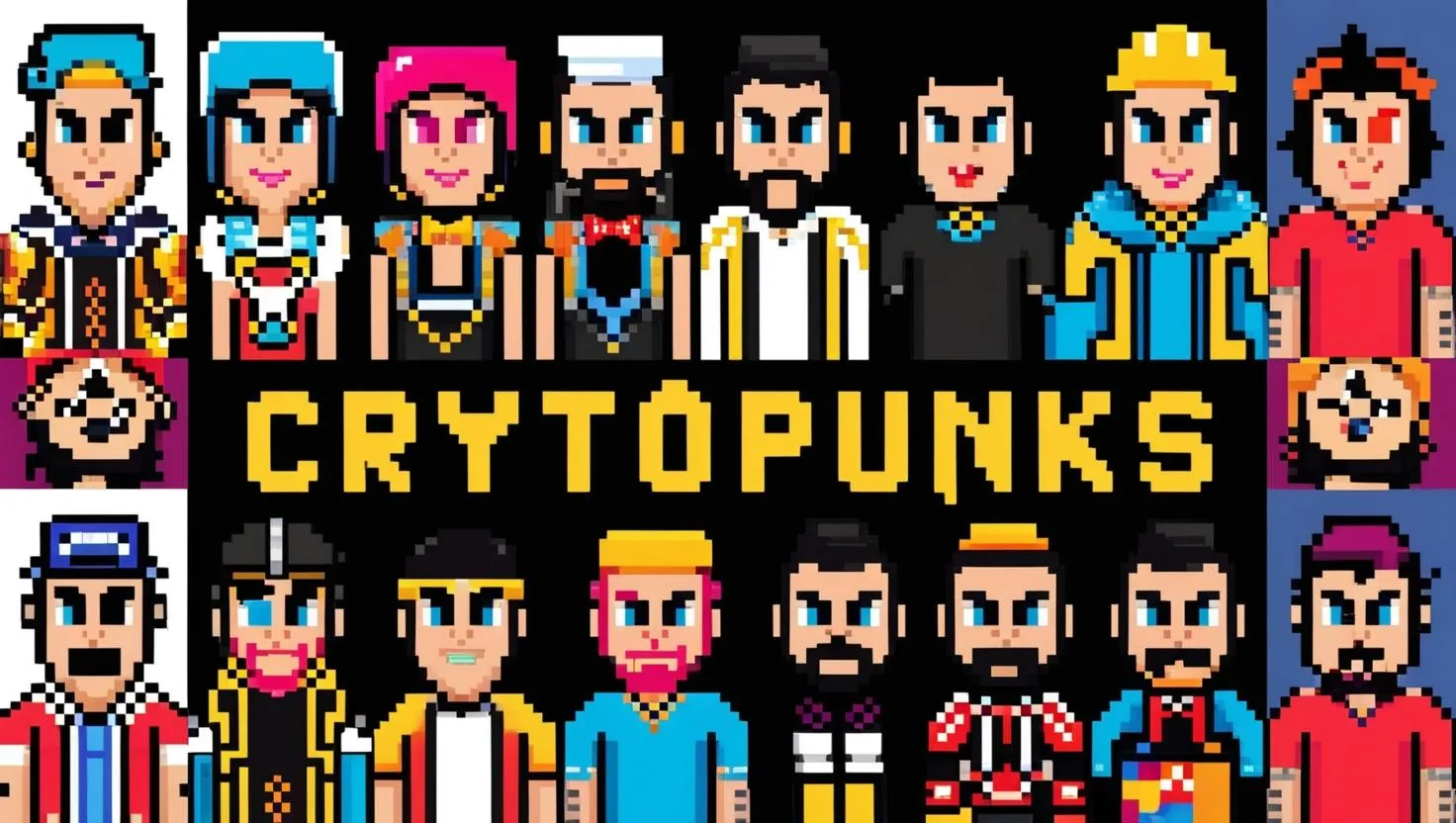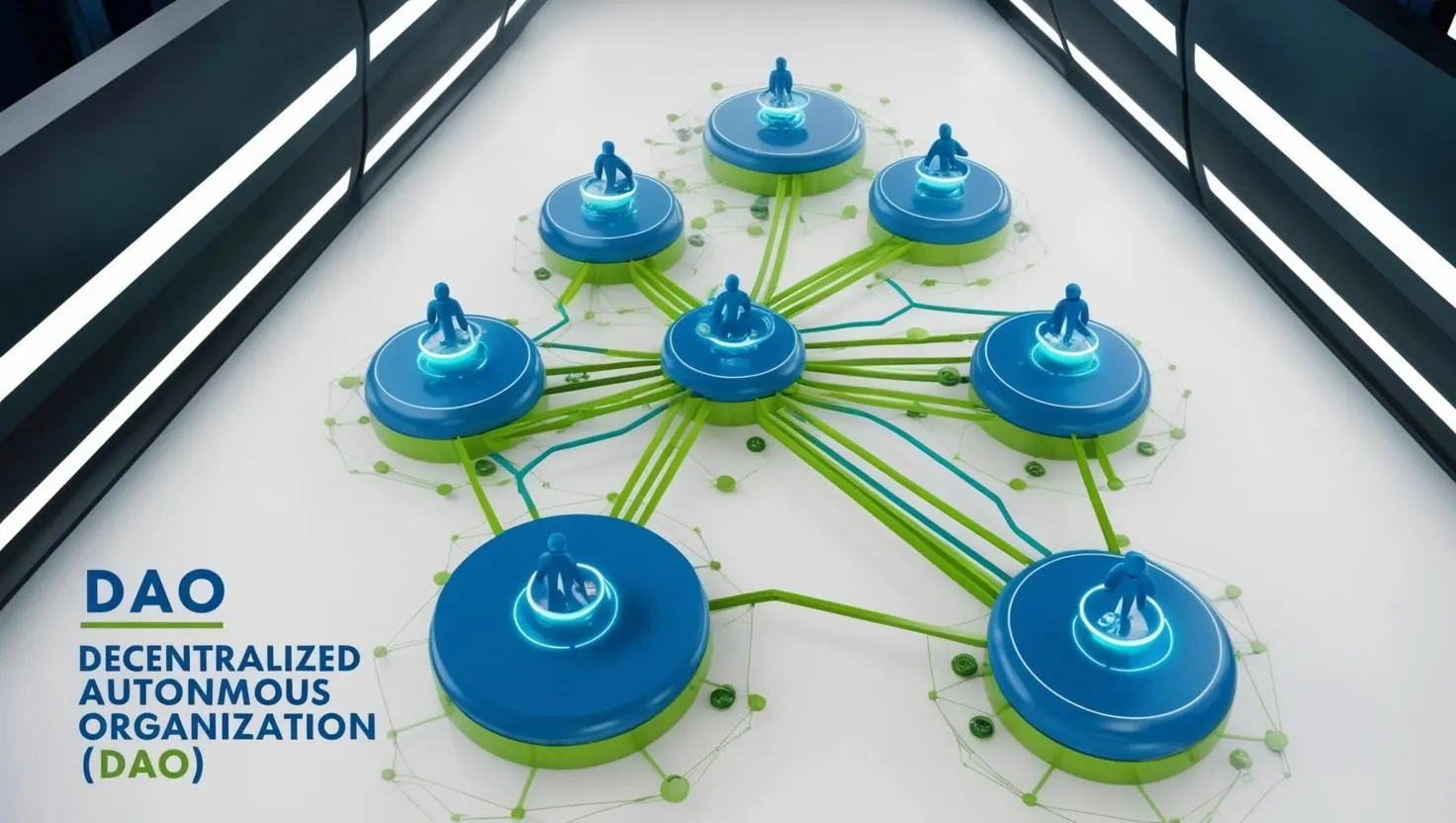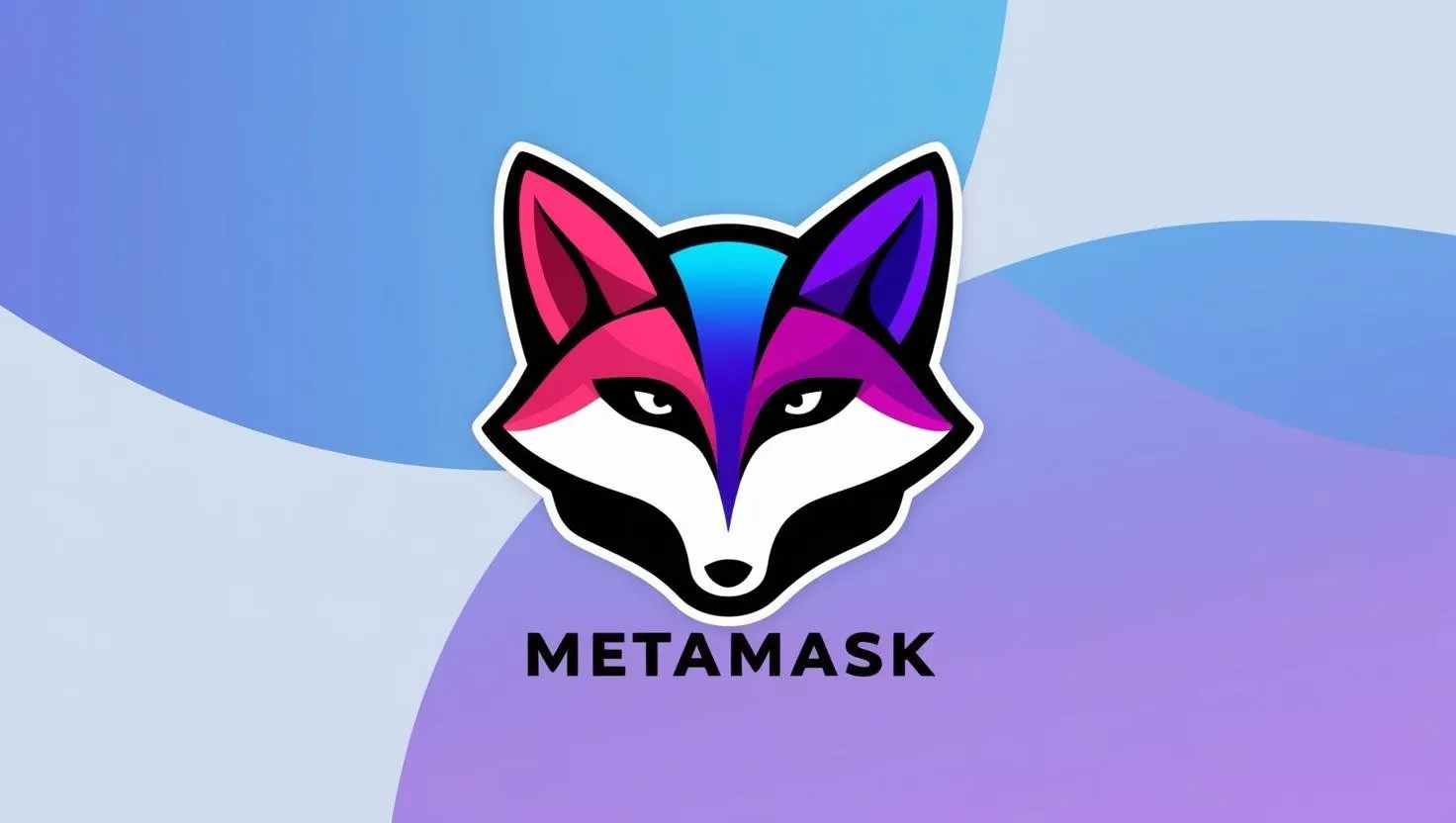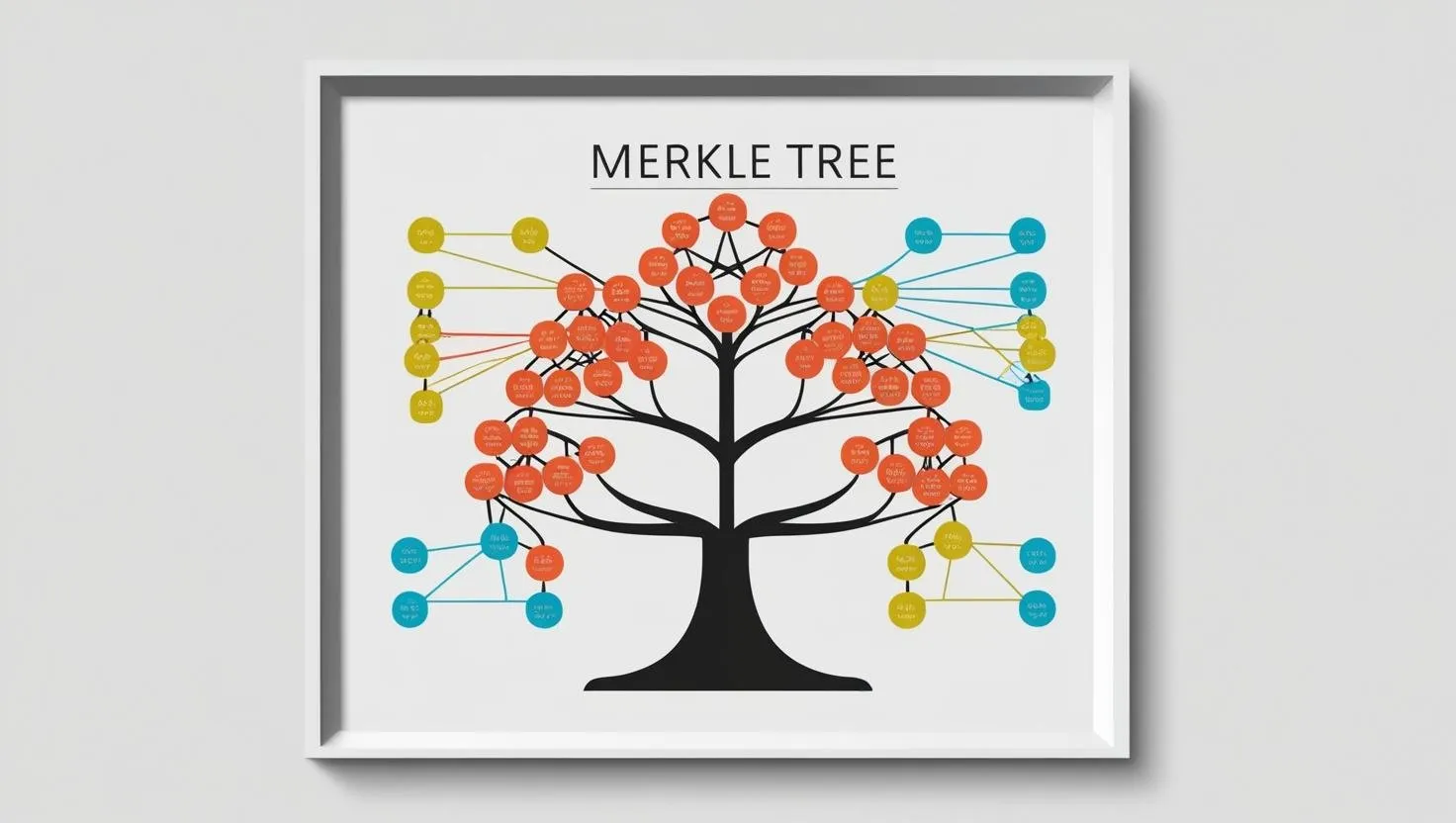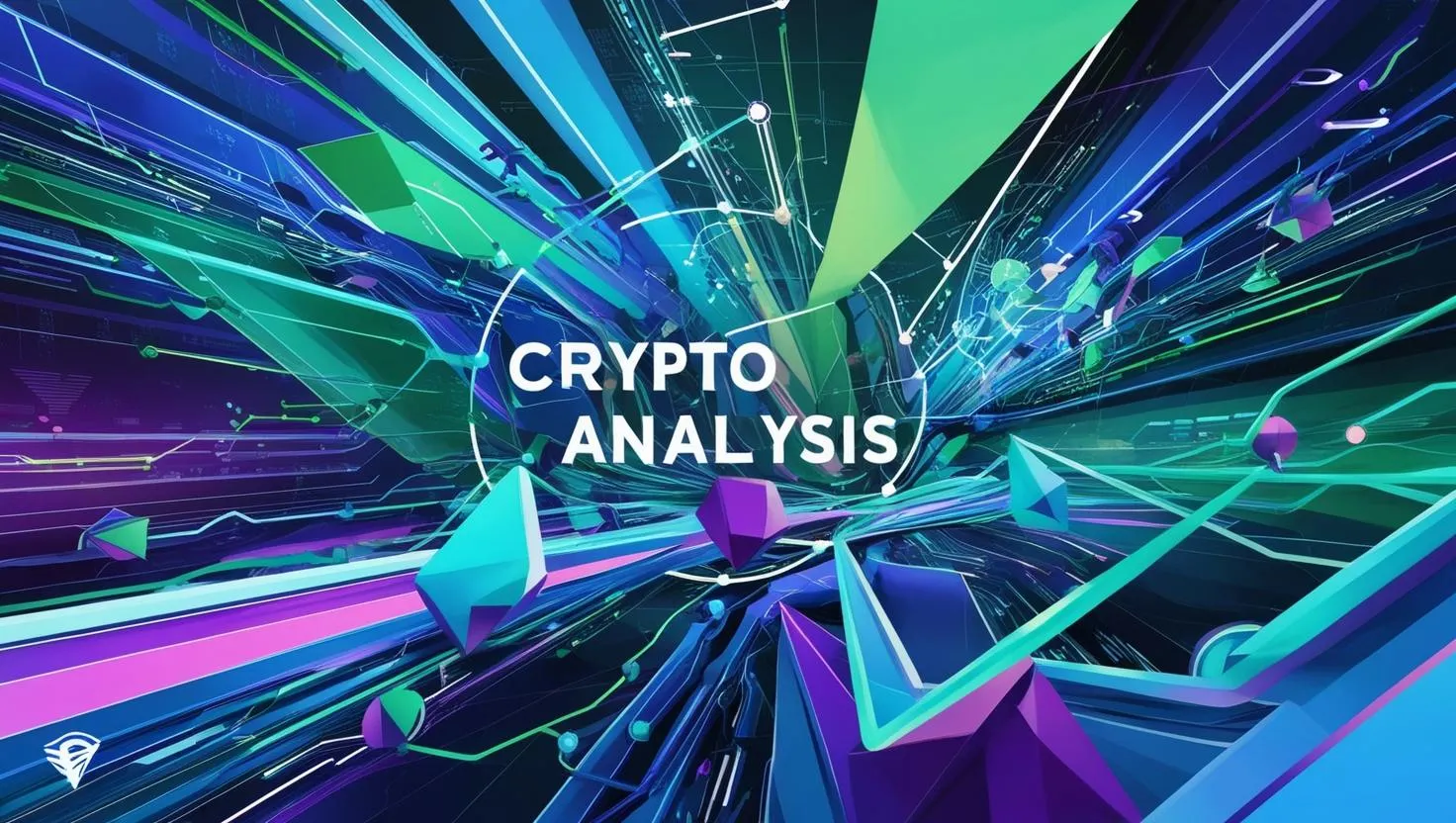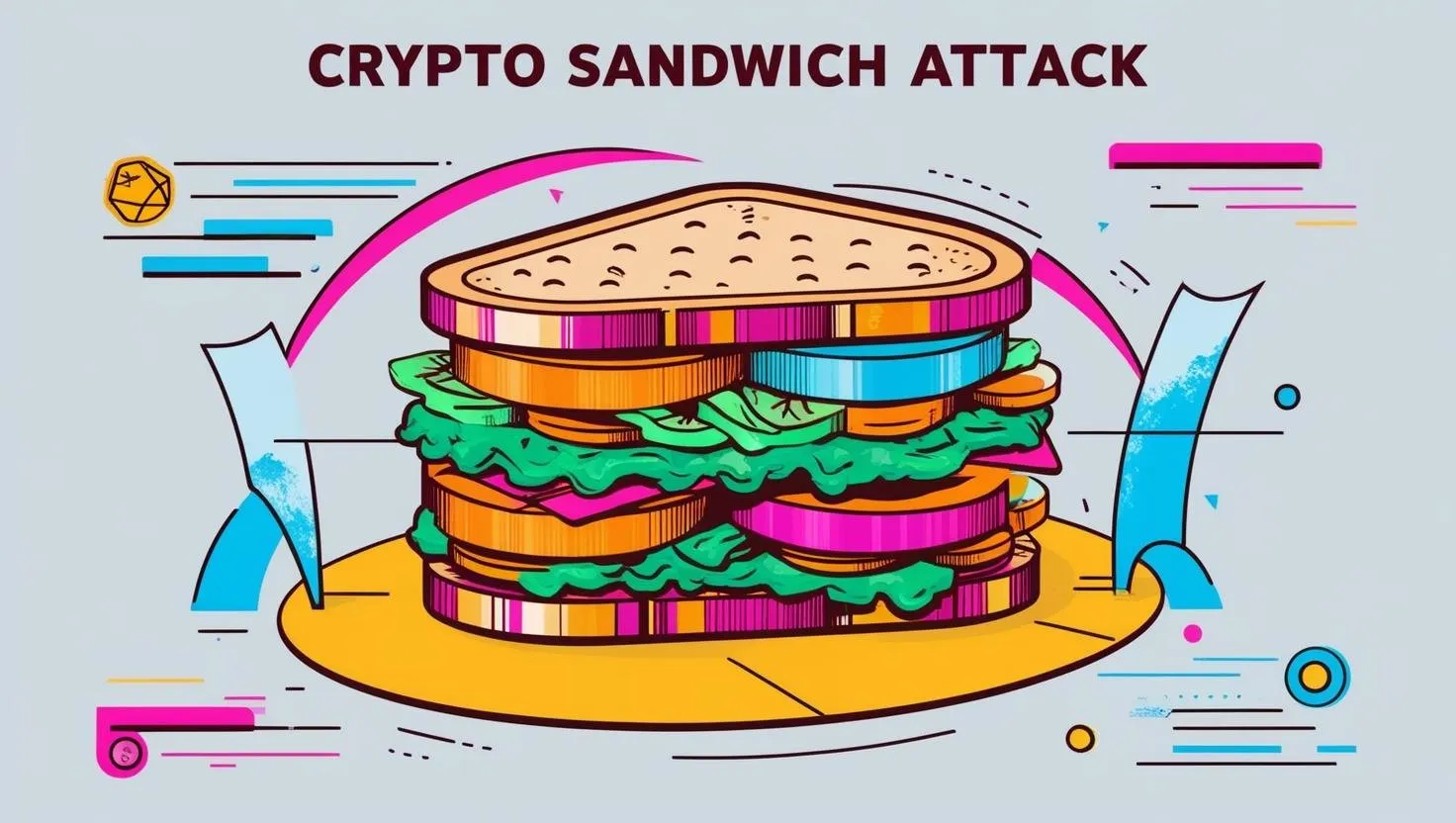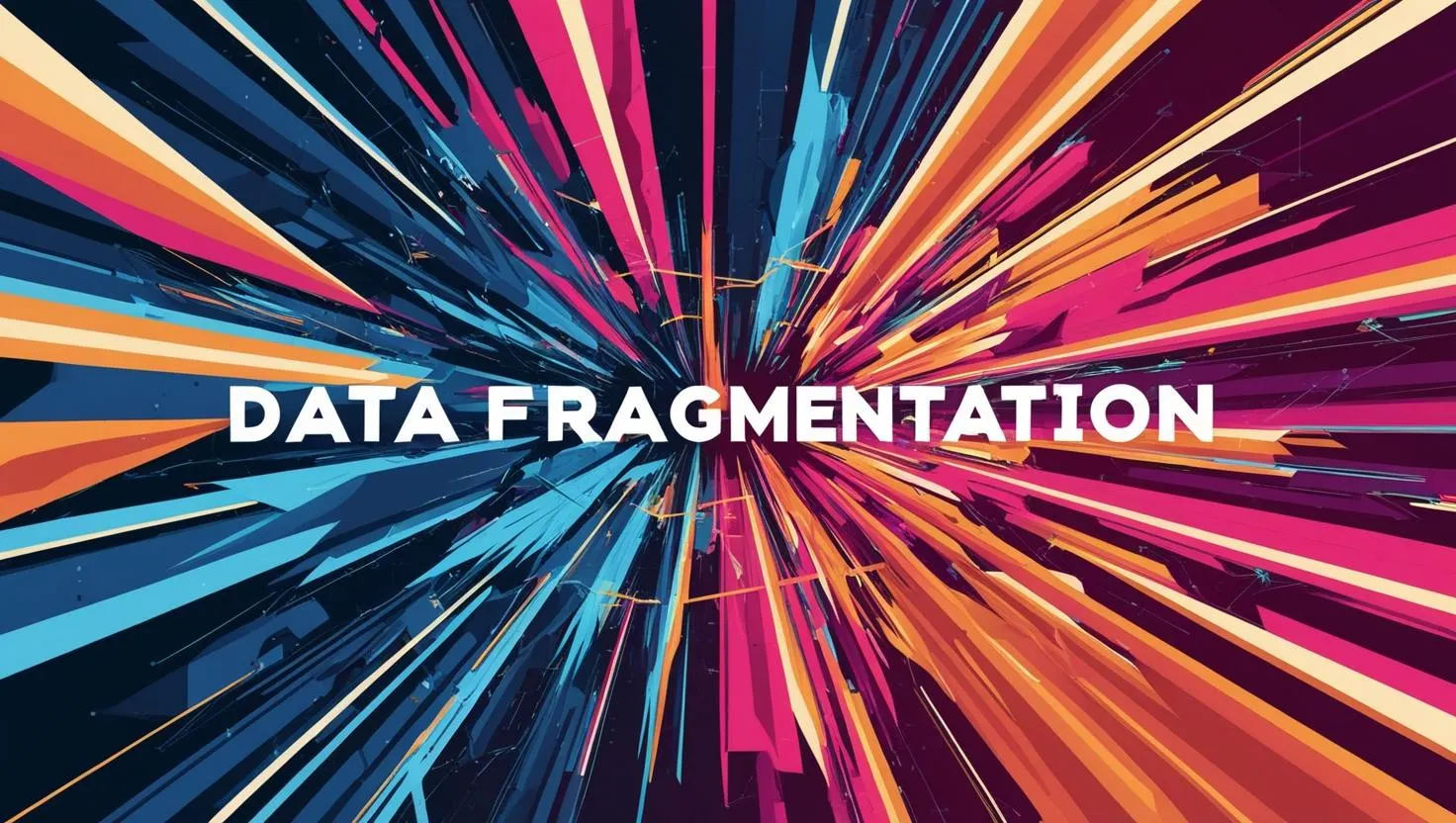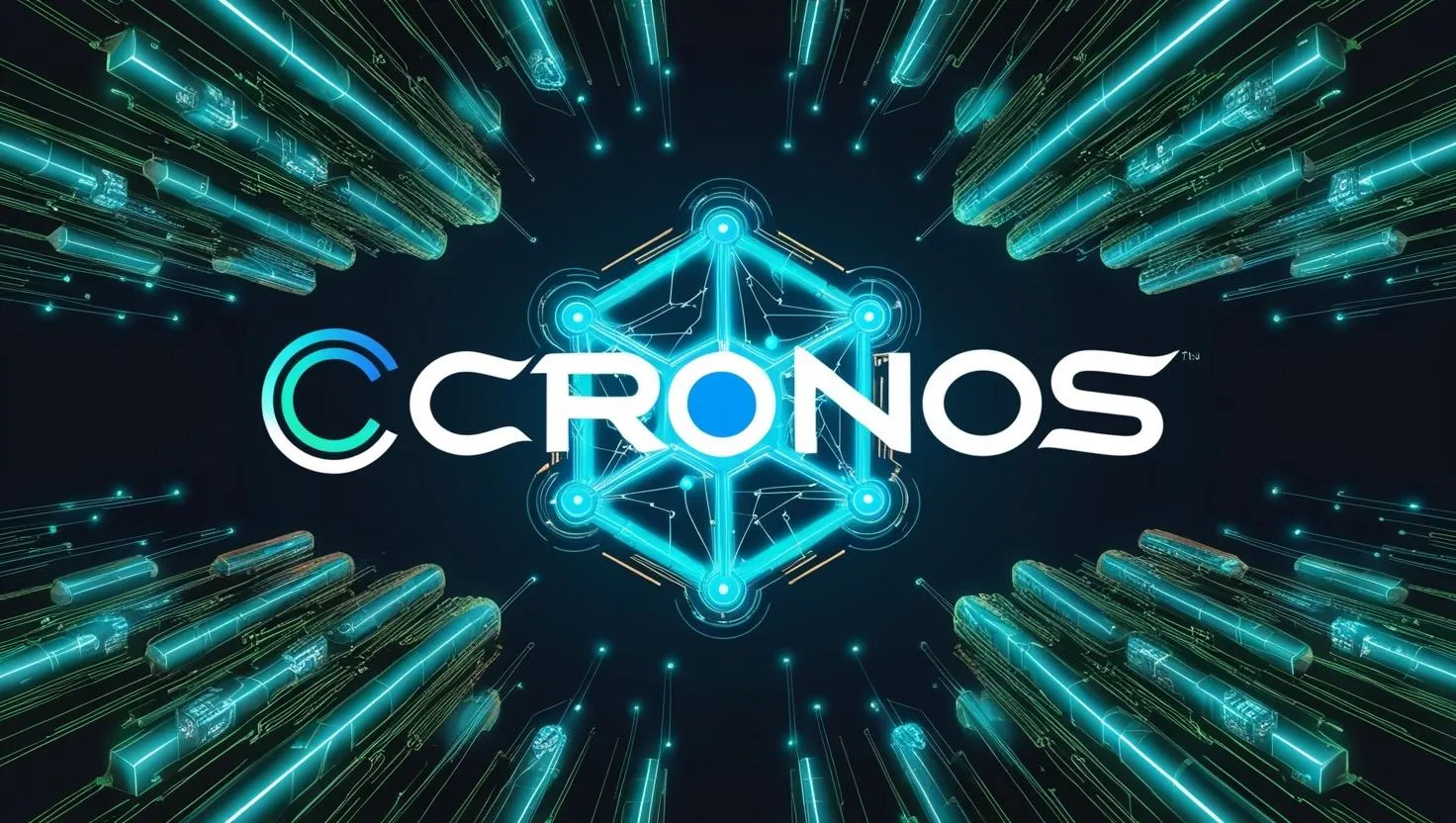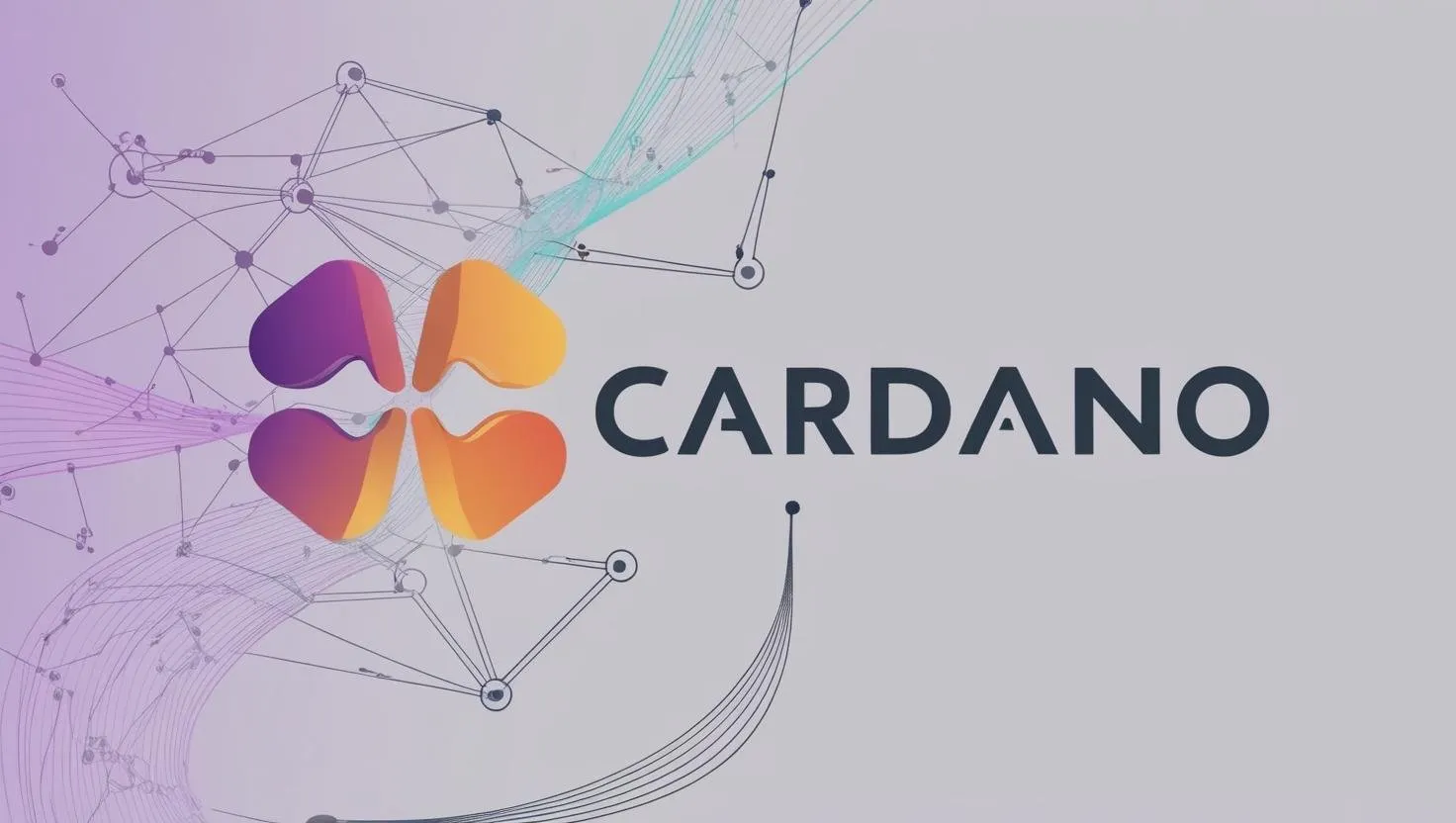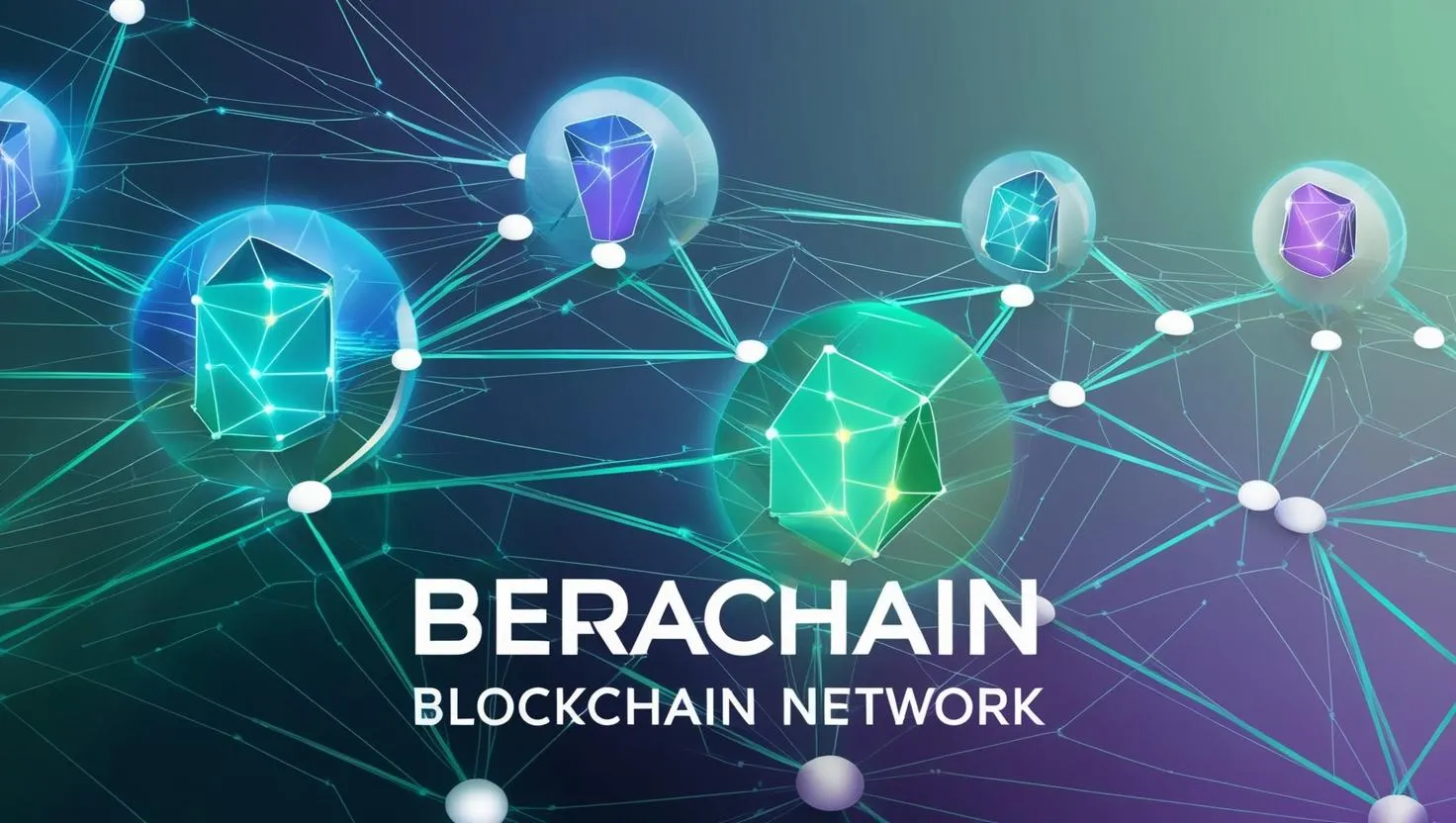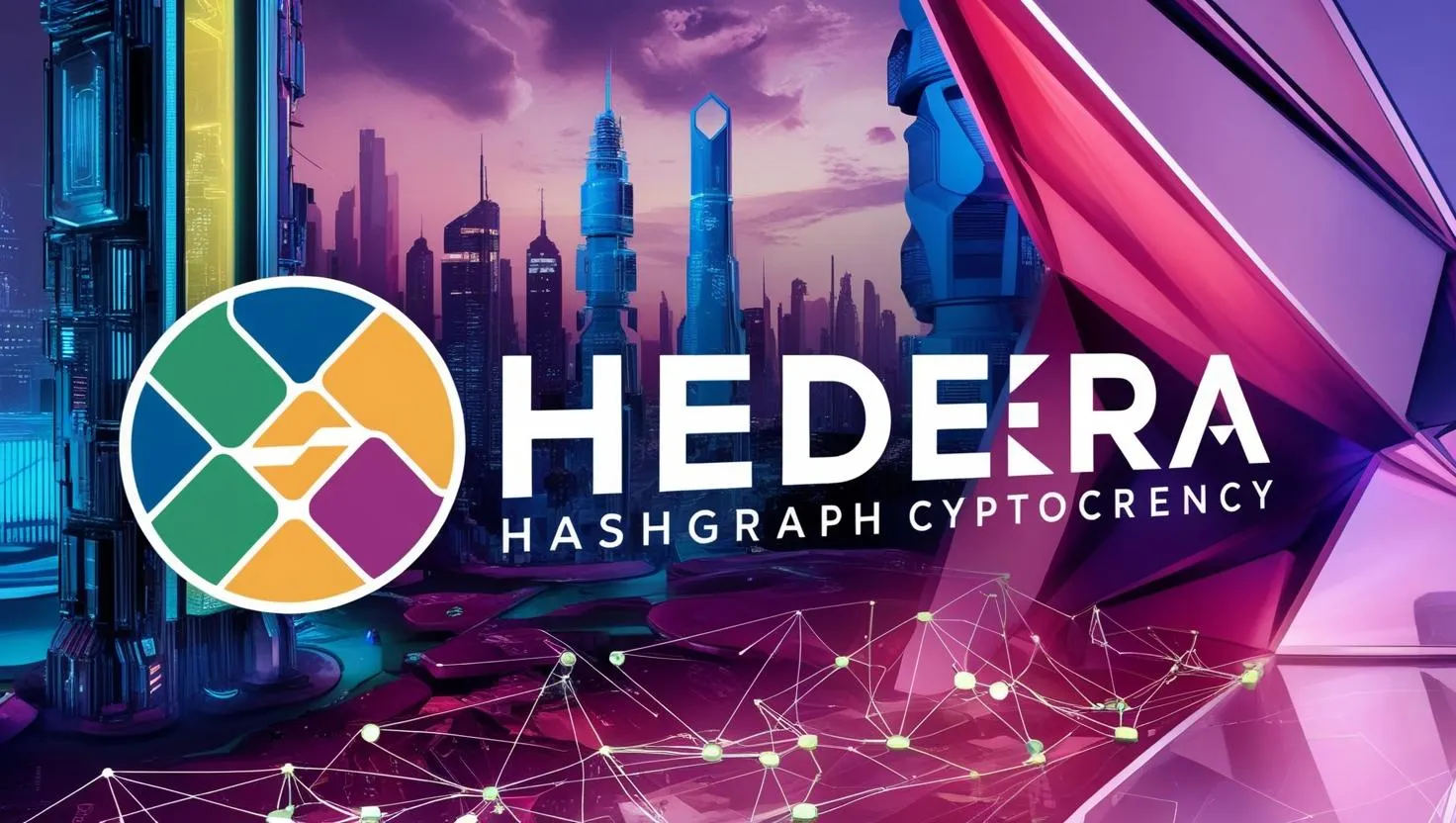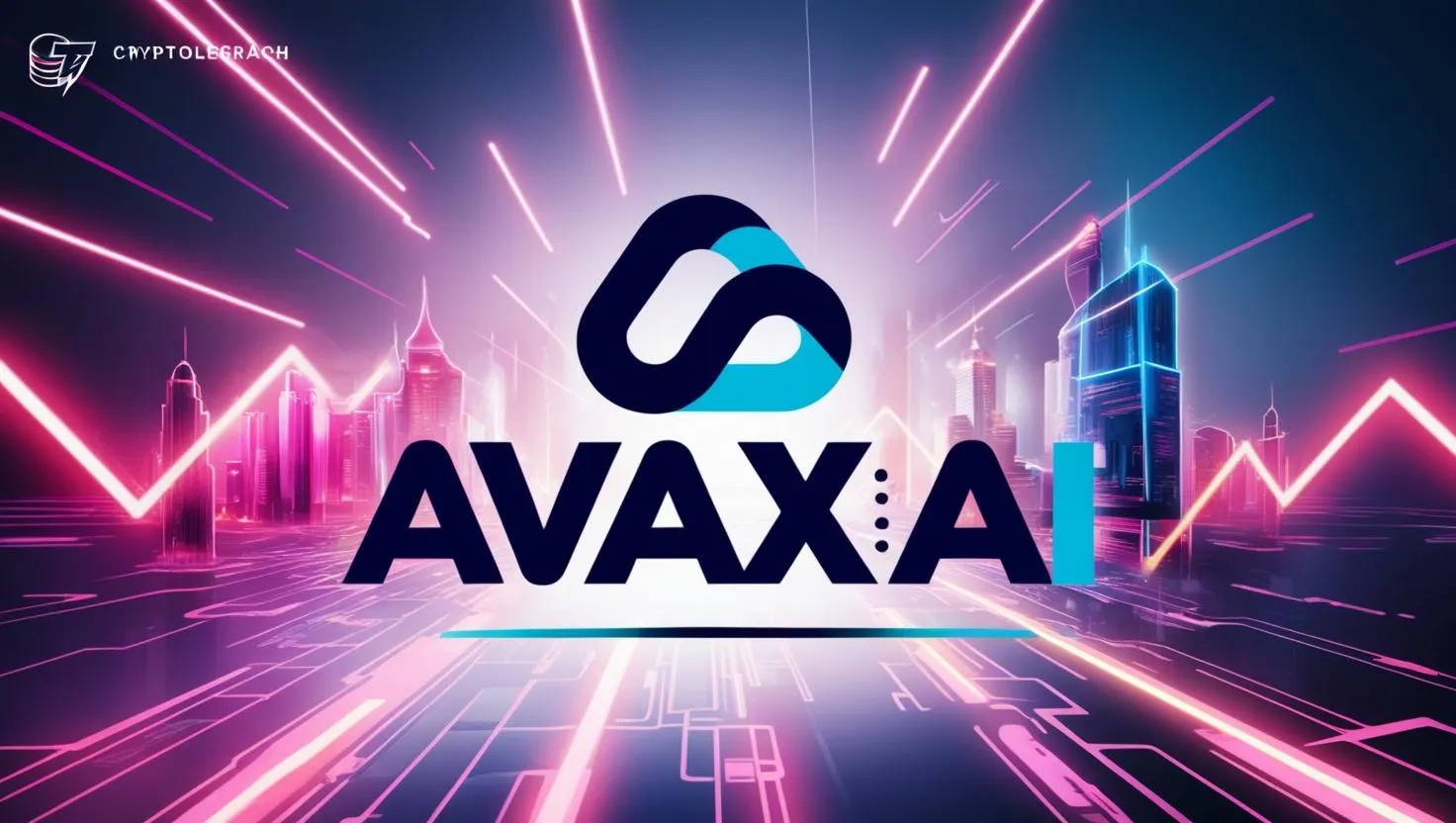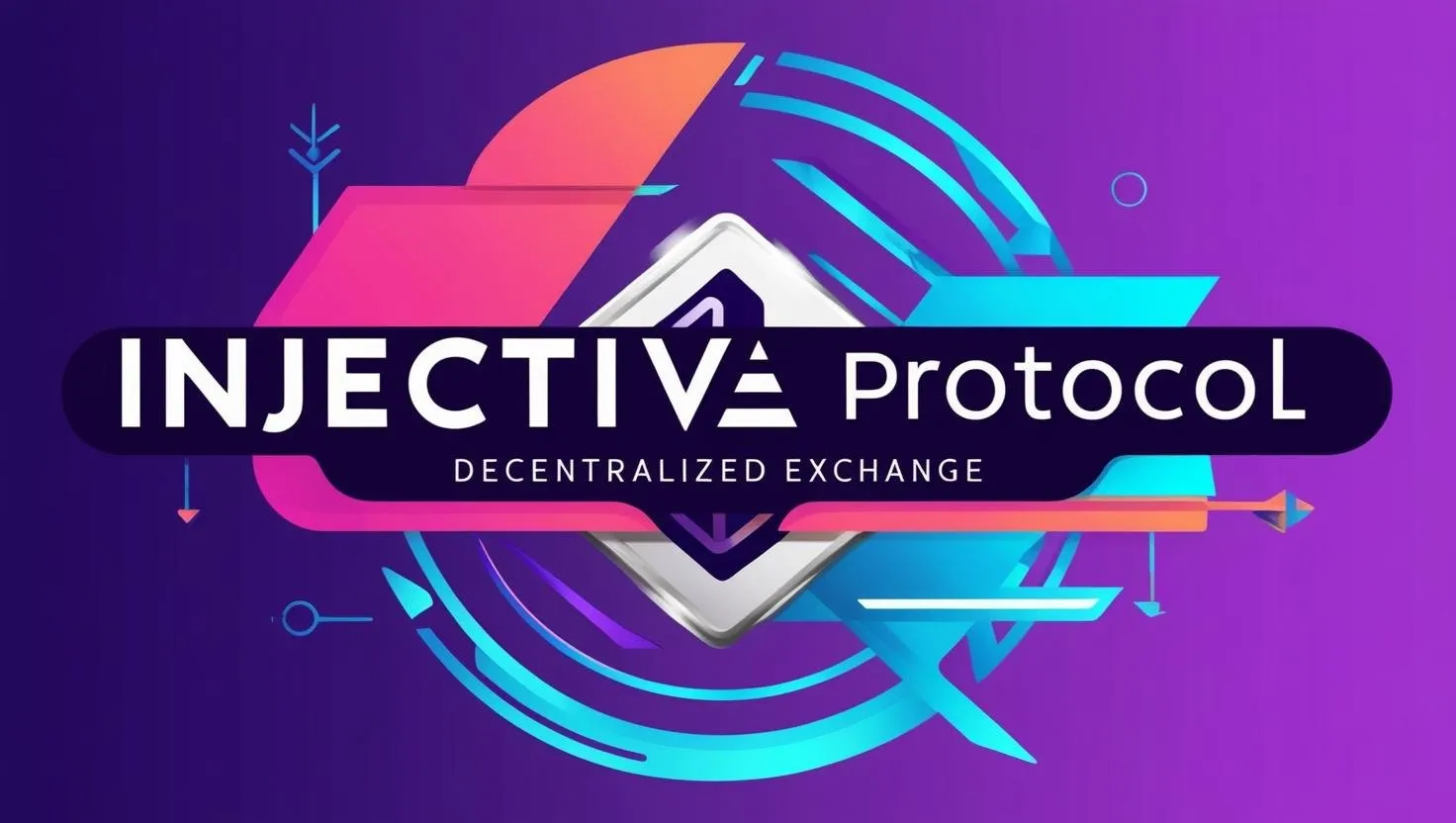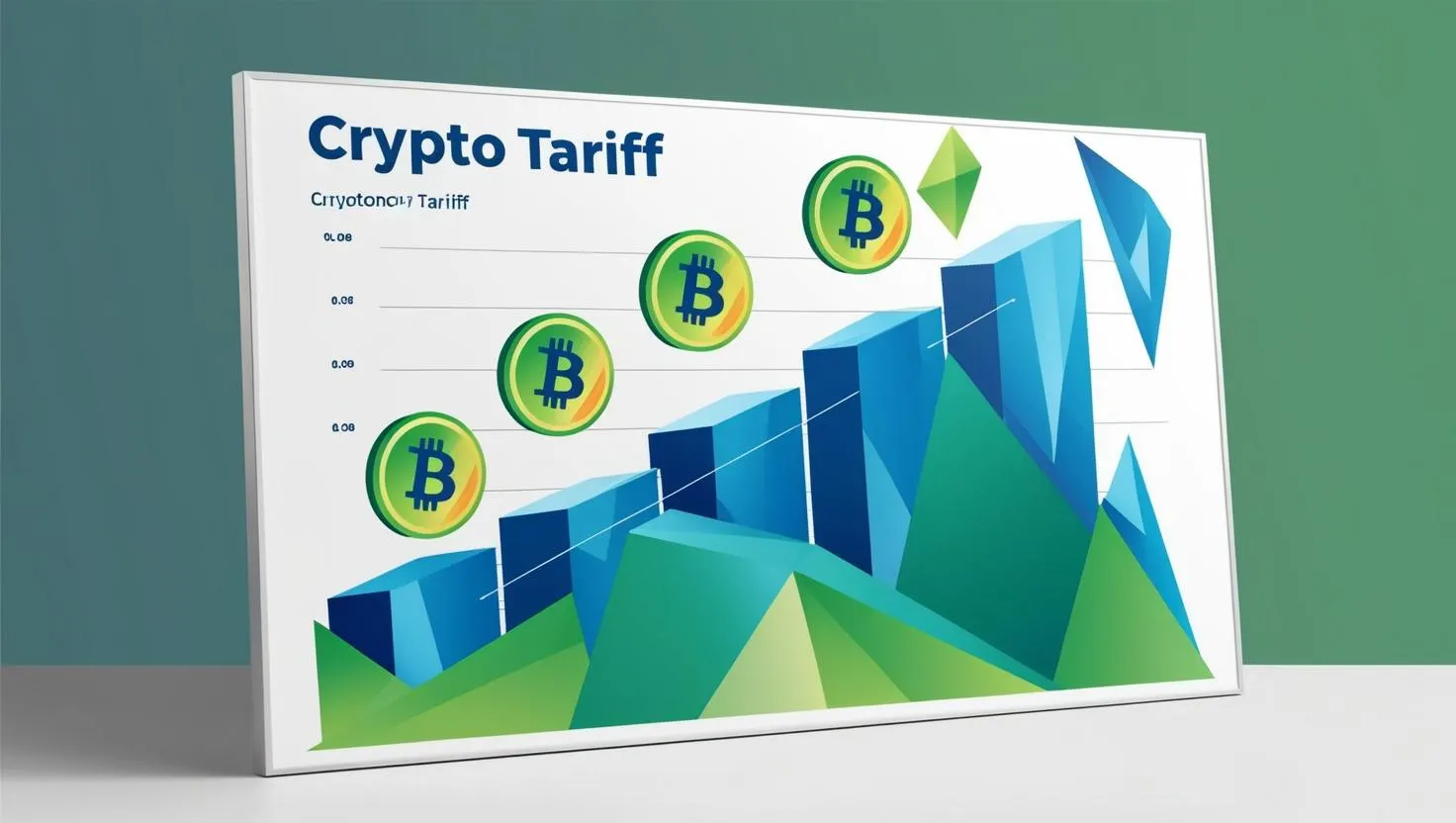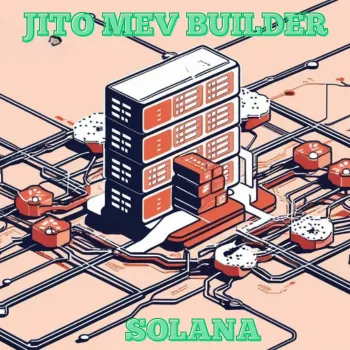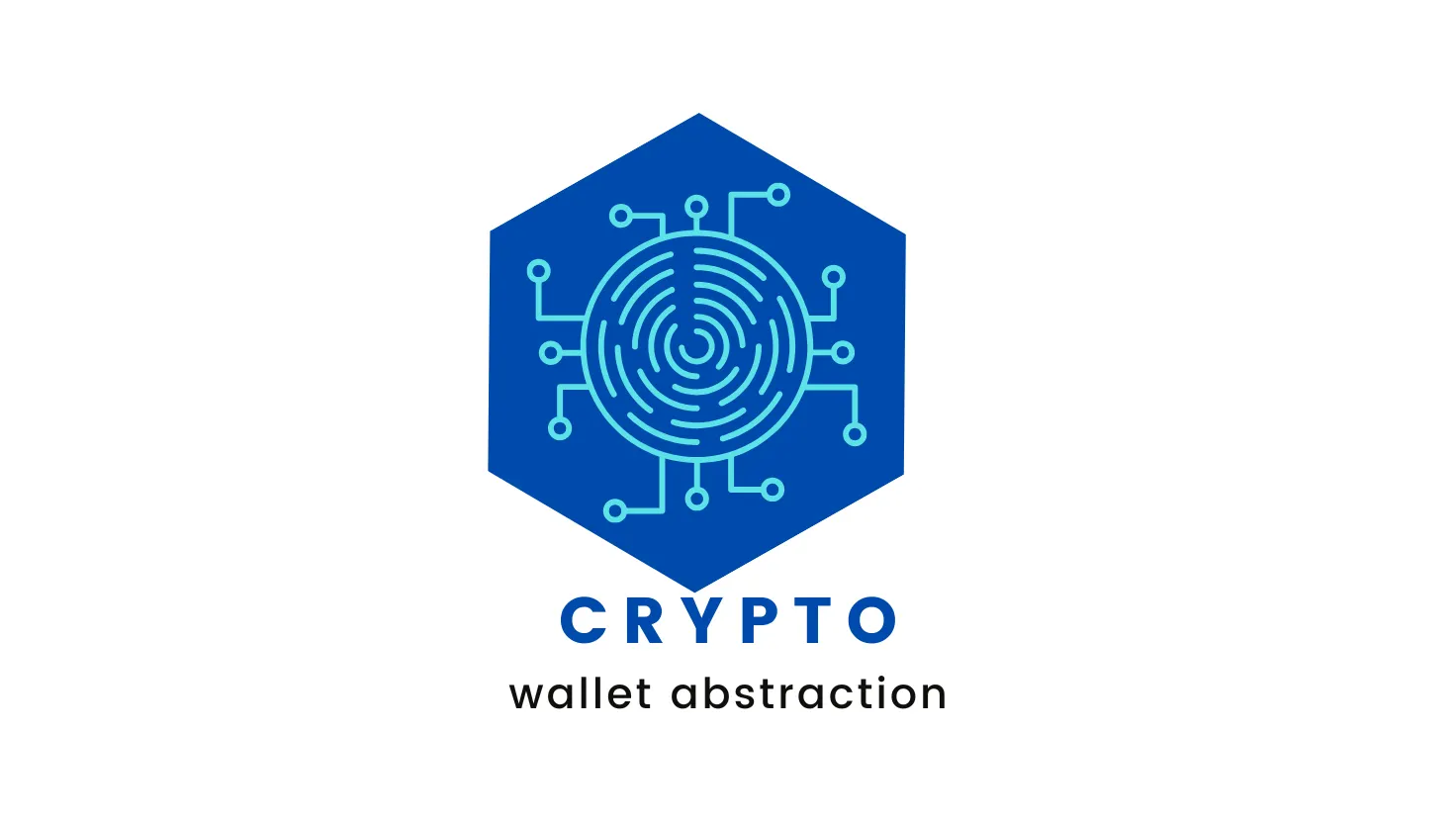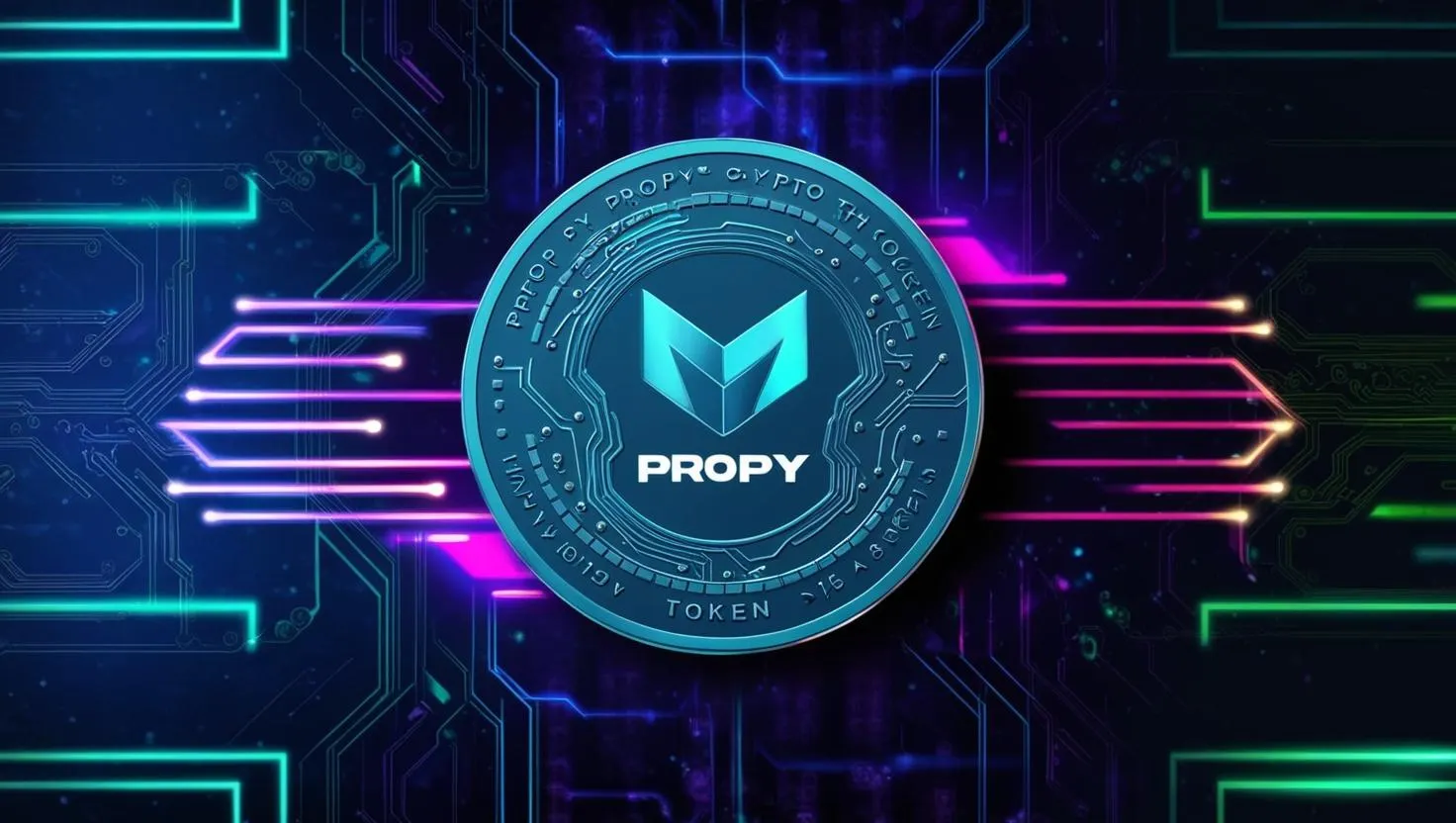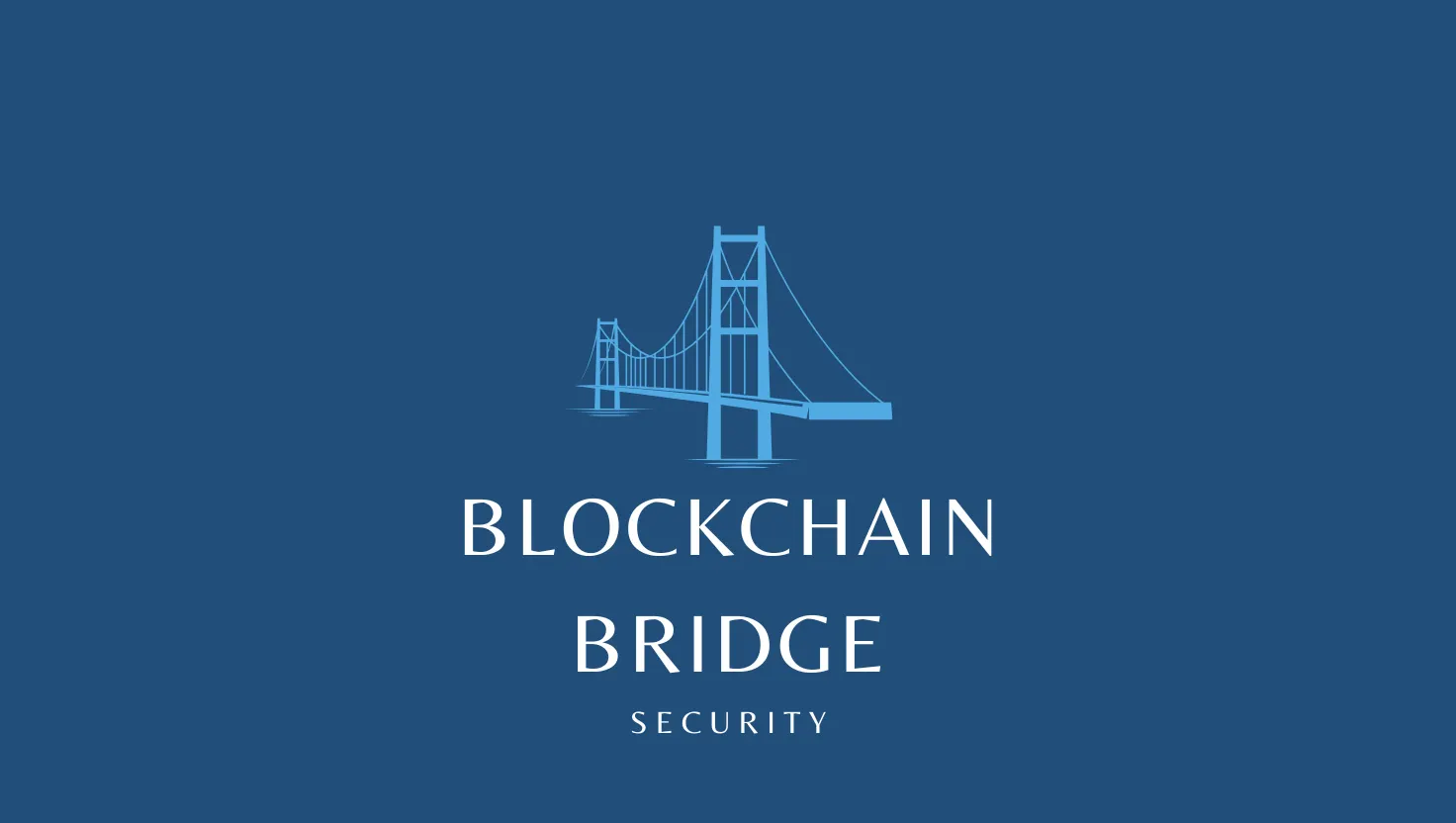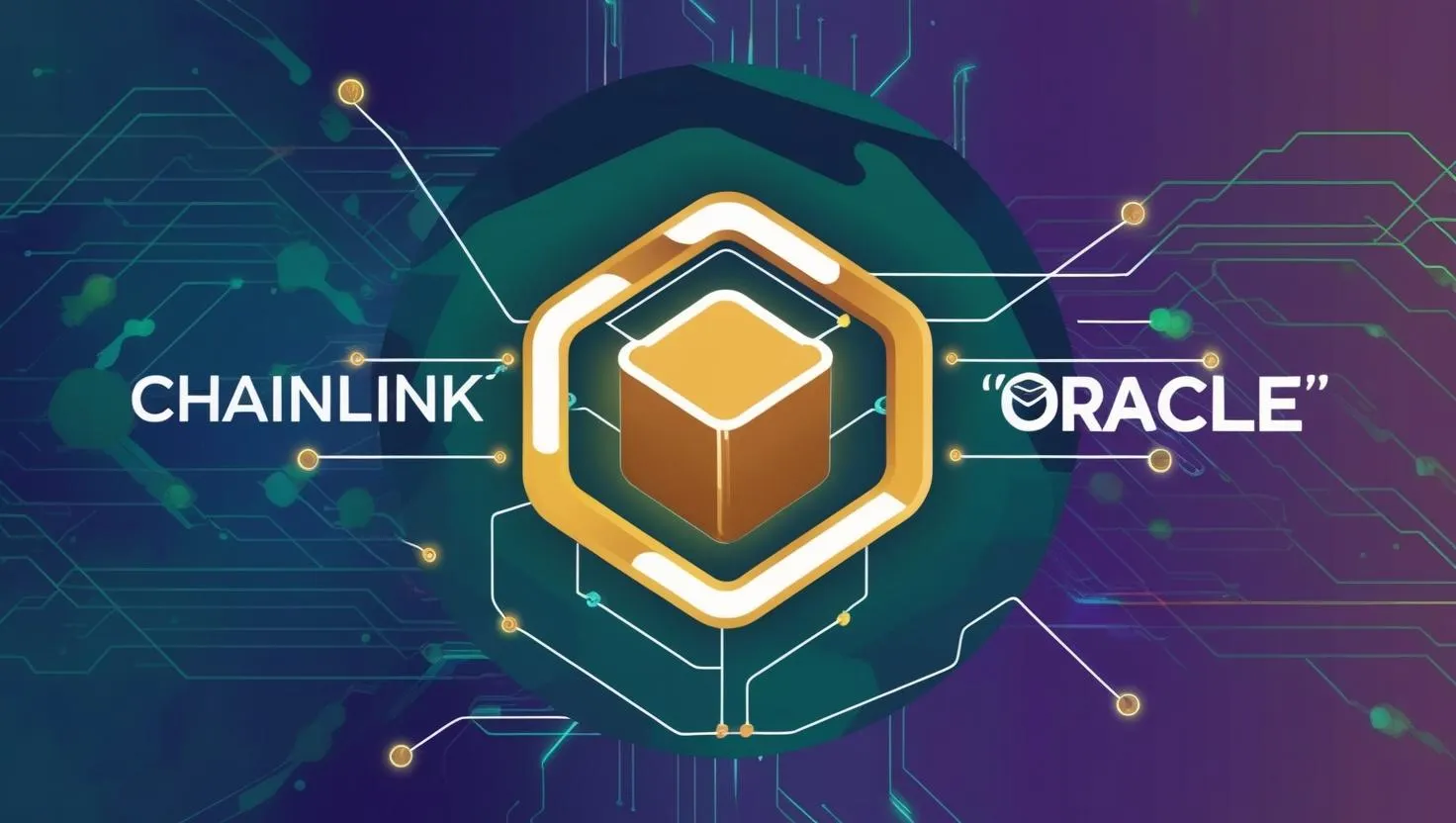Unlocking Ethereum's Potential: A Deep Dive into Eigenlayer's Restaking Revolution
EigenLayer is a groundbreaking protocol built on Ethereum that introduces a novel concept called restaking, fundamentally reshaping how cryptoeconomic security is leveraged within the blockchain ecosystem.
By allowing Ethereum stakers to reuse their staked ETH to secure additional decentralized services, EigenLayer addresses critical challenges like fragmented trust and high barriers to entry for new protocols. This detailed explanation will unpack EigenLayer’s mechanics, components, benefits, risks, and its broader impact on Ethereum and decentralized finance (DeFi), tailored for a crypto blog audience seeking a deep yet accessible understanding.
What Is EigenLayer?
At its core, EigenLayer is a middleware protocol deployed on Ethereum that enables stakers to restake their staked ETH or Liquid Staking Tokens (LSTs) to secure other protocols or services, known as Actively Validated Services (AVSs). Traditionally, Ethereum validators stake ETH to secure the Ethereum network, earning rewards for validating transactions.
However, this staked ETH is locked to a single purpose: securing Ethereum’s consensus layer. EigenLayer changes this by allowing stakers to repurpose their ETH to provide cryptoeconomic security to additional applications, earning extra rewards in the process.
This process, called restaking, is akin to rehypothecation in traditional finance, where assets are reused as collateral for multiple purposes, but in a decentralized, opt-in manner that aligns with blockchain’s self-custody ethos.
EigenLayer’s primary innovation is its ability to pool Ethereum’s robust security—backed by over 32 million ETH staked as of 2025—and extend it to other protocols without requiring them to bootstrap their own validator networks. This creates a marketplace for decentralized trust, where stakers supply security, and protocols consume it, fostering efficiency and innovation.
Founded by Sreeram Kannan, an academic with extensive research in blockchain and cryptography, EigenLayer has raised significant funding ($171 million) and achieved a total value locked (TVL) exceeding $15 billion by mid-2024, underscoring its rapid adoption.
How Does EigenLayer Work?
EigenLayer operates through a series of smart contracts on Ethereum, facilitating a structured interaction between its core components: restakers, operators, AVSs, and AVS consumers.
Below is a technical breakdown of its mechanics:
- Restaking Process:
- Stakers who have already staked ETH on Ethereum’s consensus layer can opt into EigenLayer’s smart contracts. This involves granting EigenLayer permission to impose additional slashing conditions—penalties for malicious or faulty behavior—on their staked ETH.
- Restaking can be done in two primary ways:
- Native Restaking: Validators running Ethereum nodes create an EigenPod, a smart contract that redirects their beacon chain withdrawal credentials to EigenLayer, allowing their ETH to be restaked.
- Liquid Staking Token (LST) Restaking: Users deposit LSTs (e.g., stETH from Lido or rETH from Rocket Pool) into EigenLayer’s smart contracts, enabling restaking without running a node.
- By restaking, stakers commit their ETH to secure AVSs, which are decentralized services or protocols integrated with EigenLayer.
- Delegation and Operators:
- Restakers can either run validation software themselves (becoming operators) or delegate their restaked ETH to operators. Operators are entities that run specialized node software to perform validation tasks for AVSs, such as verifying transactions or data availability.
- Delegation is a mutual opt-in process, ensuring alignment between restakers and operators. Operators register with EigenLayer, specify which AVSs they support, and earn rewards for their validation services.
Actively Validated Services (AVSs):
AVSs are the protocols or services that leverage EigenLayer’s pooled security.
They include a wide range of applications, such as:
- Data Availability Layers: EigenDA, EigenLayer’s flagship AVS, provides high-throughput, low-cost data availability for Ethereum Layer 2s, processing up to 15 MB/s compared to Ethereum’s 80 KB/s.
- Oracle Networks: Secure real-world data feeds for DeFi applications.
- Cross-Chain Bridges: Ensure safe asset transfers between blockchains.
- Sidechains and Rollups: Validate transactions for Layer 2 solutions.
- AI and Gaming: Verify AI model outputs or secure virtual economies.
- AVSs benefit from Ethereum’s security without building their own validator sets, reducing costs and complexity.
- Rewards and Slashing:
- Restakers and operators earn additional staking rewards from AVSs, on top of Ethereum’s native staking yield (typically 4-6%). Rewards are distributed via EigenLayer’s RewardsCoordinator contract.
- However, restaking introduces additional slashing risks. If an operator or restaker behaves maliciously (e.g., signing invalid transactions), their staked ETH can be slashed, potentially up to 100% in extreme cases, though honest behavior minimizes this risk.
EIGEN Token:
- Introduced in 2024, the EIGEN token complements ETH restaking by securing AVSs with intersubjectively attributable faults—issues that lack objective cryptographic proofs but can be resolved through social consensus (e.g., censorship resistance).
- EIGEN is used for staking, governance (e.g., setting slashing conditions), and enabling intersubjective forking, a mechanism to resolve disputes without forking Ethereum itself. It enhances EigenLayer’s flexibility for securing diverse services.
Benefits of EigenLayer
EigenLayer’s restaking model offers significant advantages for the Ethereum ecosystem:
- Capital Efficiency: Stakers can earn multiple streams of rewards from the same ETH, maximizing the utility of locked capital. The marginal cost of restaking is zero, as no additional ETH is required.
- Lower Barriers for Protocols: AVSs can launch faster and cheaper by renting Ethereum’s security, avoiding the need to bootstrap their own validator networks. This accelerates innovation, especially for non-EVM-compatible protocols.
- Pooled Security: By aggregating staked ETH, EigenLayer increases the cost of attacking individual protocols, enhancing ecosystem-wide security. This contrasts with fragmented security, where each protocol maintains its own weaker security pool.
- Scalability: Services like EigenDA improve Ethereum’s data handling capacity, supporting hyperscale rollups and reducing transaction costs for Layer 2s.
- Permissionless Innovation: EigenLayer’s free-market governance allows any protocol to integrate, fostering a dynamic marketplace for trust.
Risks and Challenges
Despite its promise, EigenLayer introduces complexities and risks that users and developers must navigate:
- Slashing Risks: Restaking exposes stakers to additional slashing conditions, which vary by AVS. Malicious behavior or software bugs could lead to significant losses, though honest participation mitigates this.
- Centralization Concerns: If EigenLayer attracts a large portion of Ethereum’s staked ETH (e.g., 4.9 million ETH as of May 2024), a major slashing event could destabilize Ethereum’s consensus layer, posing systemic risks.
- Protocol-Level Vulnerabilities: If a validator restakes across multiple AVSs, the cumulative rewards from malicious behavior might outweigh slashing penalties, creating incentives for coordinated attacks. EigenLayer mitigates this by monitoring operator participation and incentivizing diversification.
- Regulatory Uncertainty: Staking and restaking activities face evolving regulations, which could impact EigenLayer’s operations or user participation in certain jurisdictions.
- Complexity: Restaking requires technical expertise, especially for native restakers running nodes or operators managing AVS software, potentially limiting accessibility for retail users.
Ethereum co-founder Vitalik Buterin has cautioned about these risks, particularly centralization and systemic dependencies, urging careful design to prevent EigenLayer from becoming a single point of failure.
EigenLayer’s Impact on Ethereum and DeFi
EigenLayer is redefining Ethereum’s role as a trust layer for Web3. By commoditizing decentralized trust, it enables developers to focus on building applications rather than securing them, much like cloud platforms transformed Web2 development. Its shared security model aligns incentives between stakers, operators, and protocols, creating a virtuous cycle of innovation and efficiency.
For DeFi, EigenLayer unlocks new possibilities. Oracles, bridges, and data availability layers—critical infrastructure for DeFi—can operate with Ethereum-grade security at lower costs. This could lead to more robust DeFi protocols, cheaper cross-chain transactions, and scalable Layer 2 solutions. EigenDA, for instance, is already enabling high-throughput data availability, supporting Ethereum’s scalability roadmap.
Beyond DeFi, EigenLayer’s versatility extends to emerging fields like decentralized AI and gaming. By securing AI model validation or virtual economies, it positions Ethereum as a backbone for diverse Web3 applications. The EIGEN token further enhances this by addressing intersubjective faults, broadening the scope of services EigenLayer can secure.
Current State and Future Outlook
As of May 2025, EigenLayer is a leading DeFi protocol, with over $15 billion in TVL and a vibrant ecosystem of 200+ operators and 11 live AVSs, including EigenDA, eoracle, and Witness Chain. Its mainnet, launched in 2023, has seen rapid growth, with features like slashing and operator modules rolled out in 2024. The EIGEN token, trading at around $4.60, has a market cap of $193.85 million and is poised for growth as adoption increases.
Looking ahead, EigenLayer aims to scale EigenDA’s throughput to 1 GB/s, further enhancing Ethereum’s scalability. It is also exploring Level 1 Agents, verifiable autonomous agents with cryptoeconomic guarantees, potentially revolutionizing decentralized automation. However, ongoing research into intersubjective staking and slashing mechanisms will be critical to balancing security and decentralization.
Conclusion
EigenLayer is a transformative force in the Ethereum ecosystem, introducing restaking as a powerful primitive to aggregate and extend cryptoeconomic security. By enabling stakers to secure multiple protocols with the same ETH, it enhances capital efficiency, lowers barriers for developers, and fosters a marketplace for decentralized trust. While risks like slashing and centralization require careful management, EigenLayer’s innovative approach—backed by robust technical design and a growing ecosystem—positions it as a cornerstone of Web3 infrastructure.
For crypto enthusiasts, EigenLayer represents both an opportunity and a challenge. Stakers can earn higher yields but must weigh slashing risks and choose reputable operators. Developers gain a powerful tool to build secure, scalable applications, but they must navigate EigenLayer’s technical and regulatory complexities. As Ethereum continues to evolve, EigenLayer’s role in hyperscaling its security and utility will likely make it a defining protocol in the blockchain space.
For more details, visit EigenLayer’s official documentation at docs.eigenlayer.xyz or explore its ecosystem at eigenlayer.xyz.




